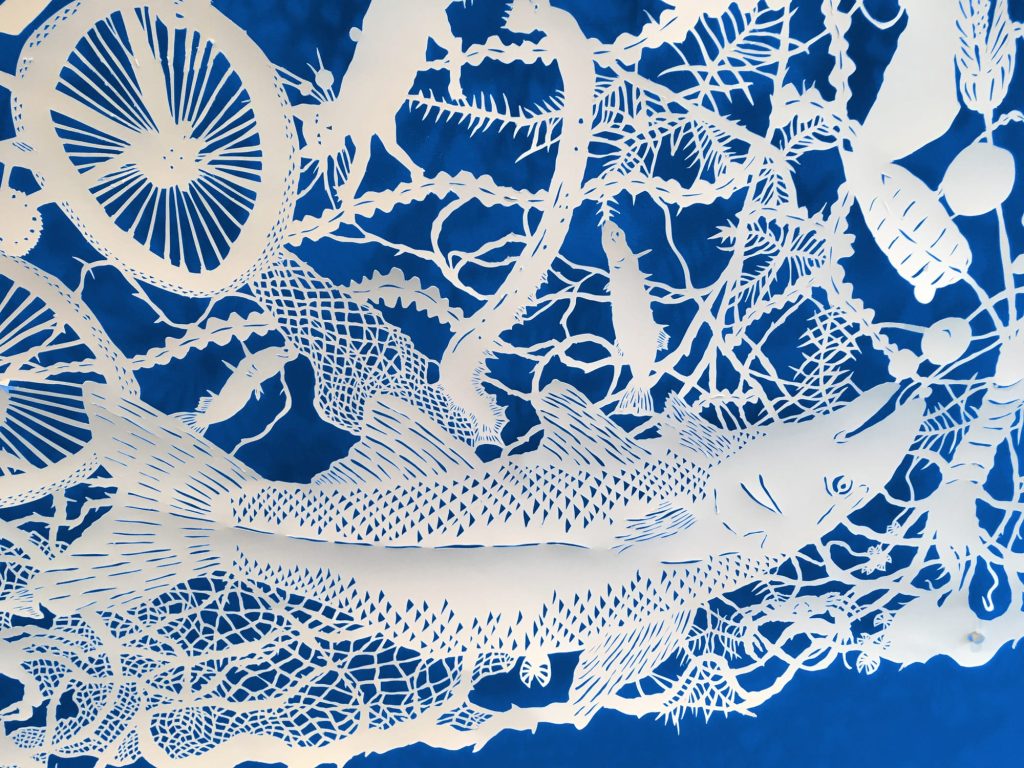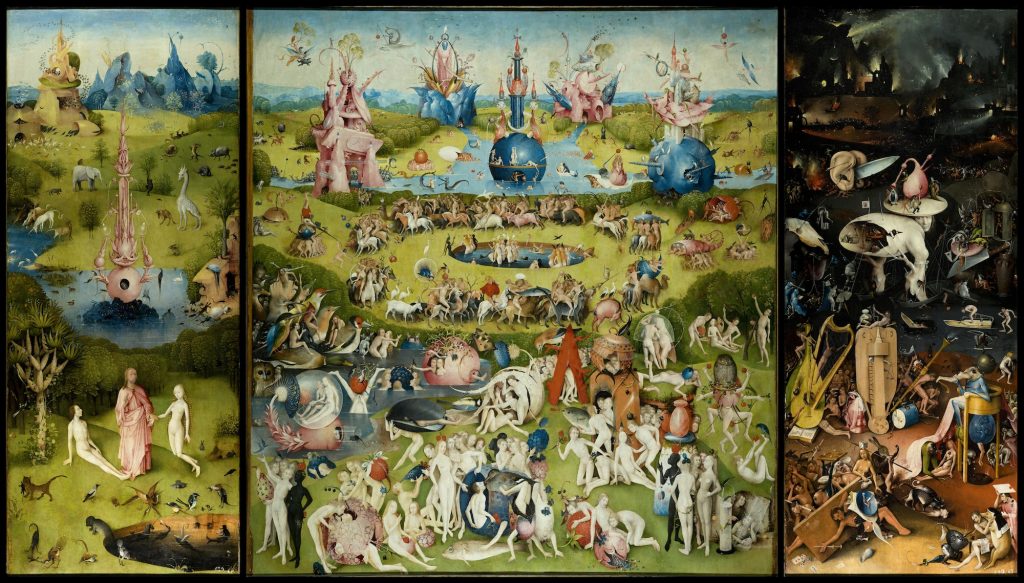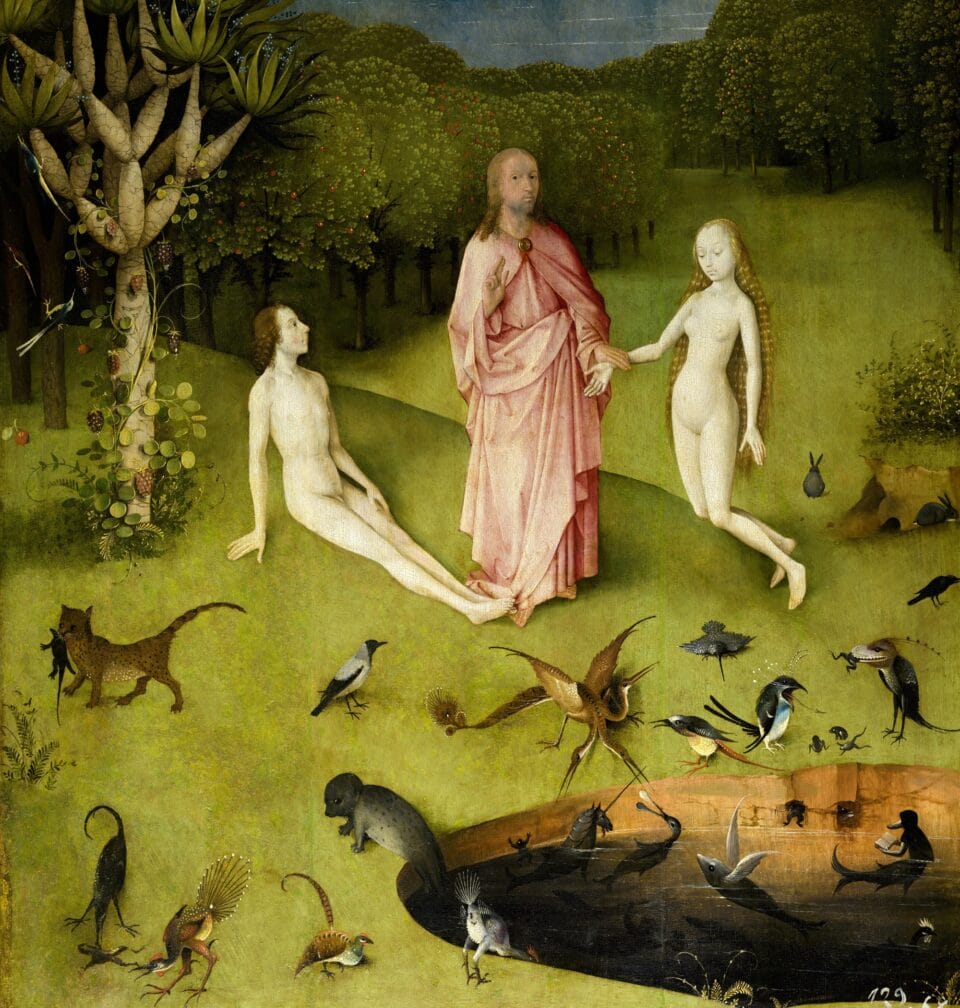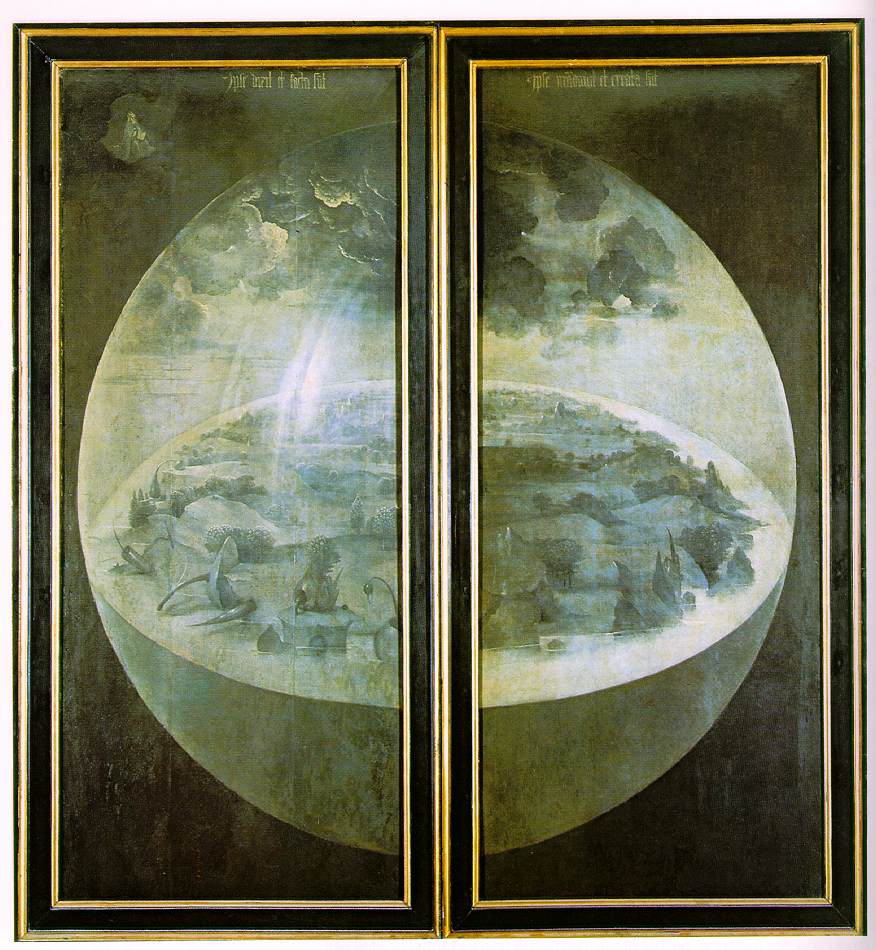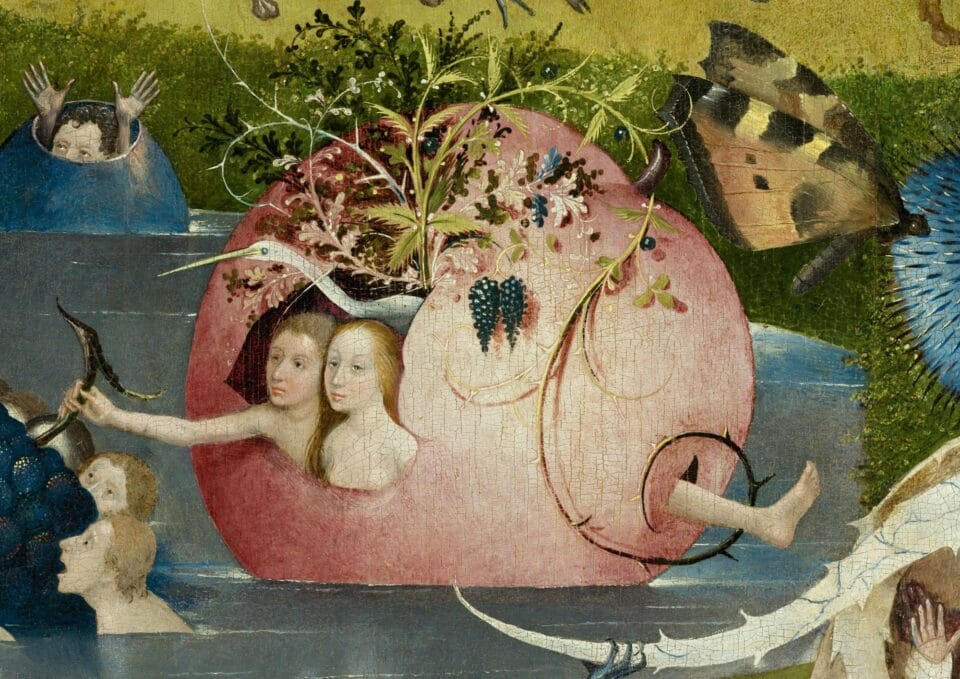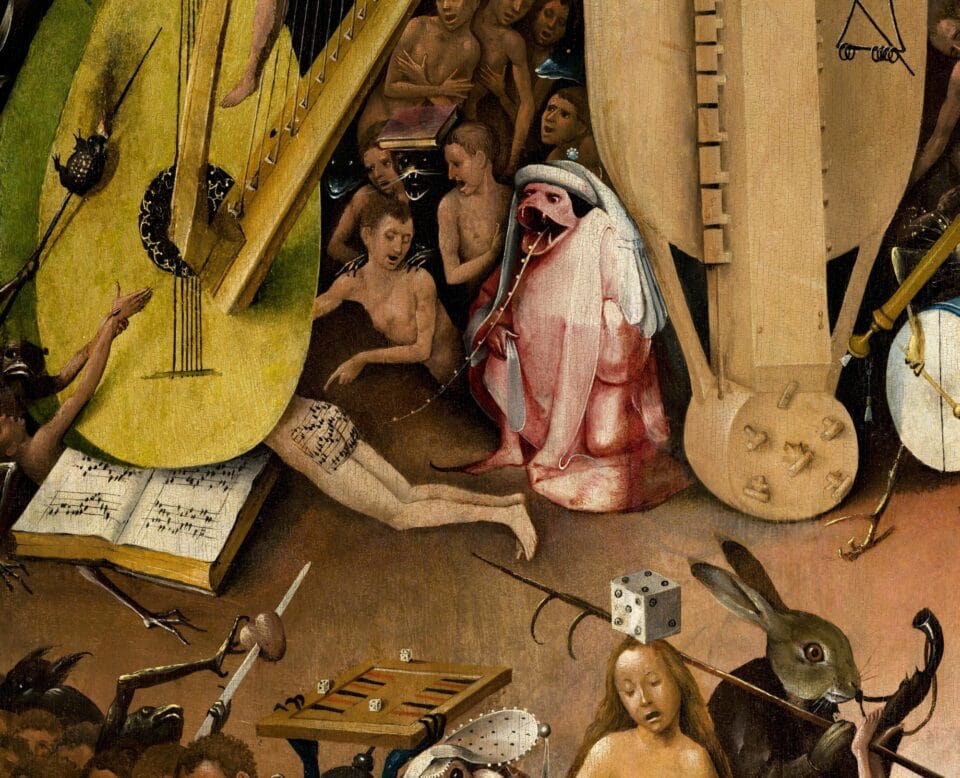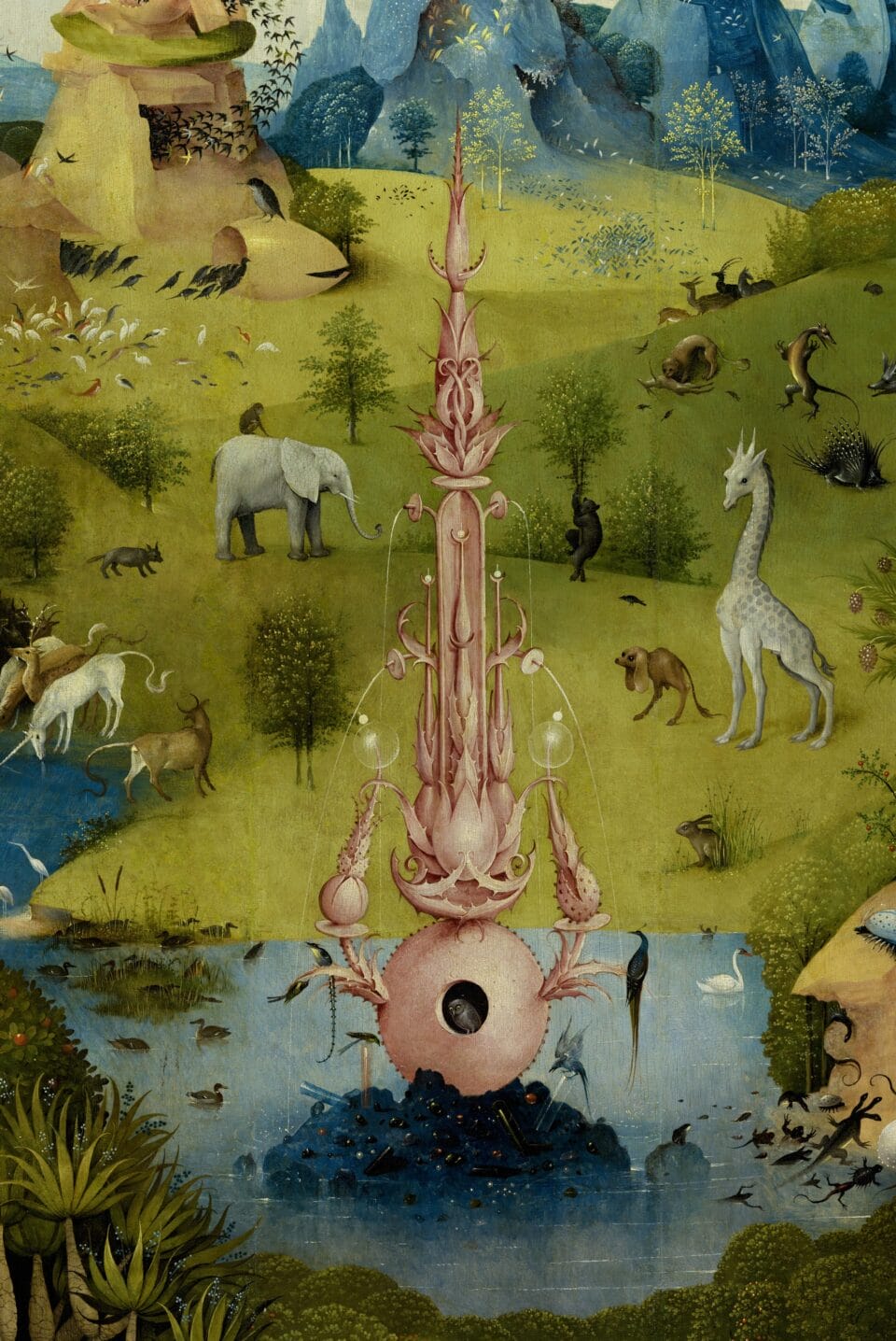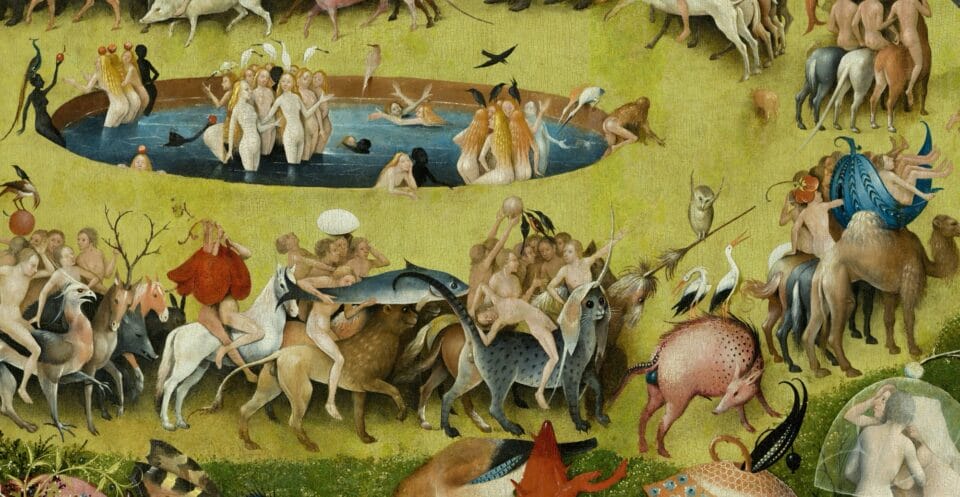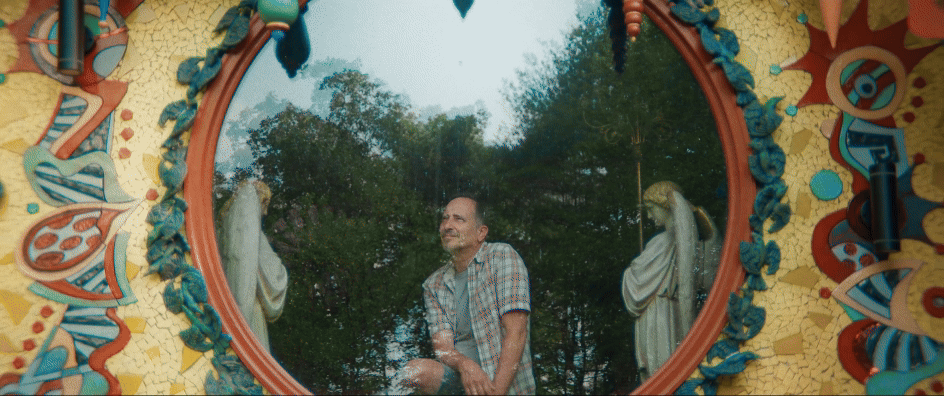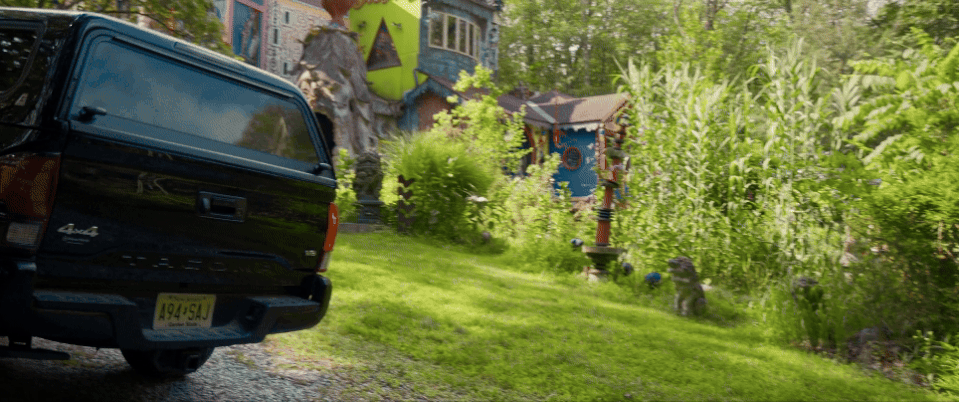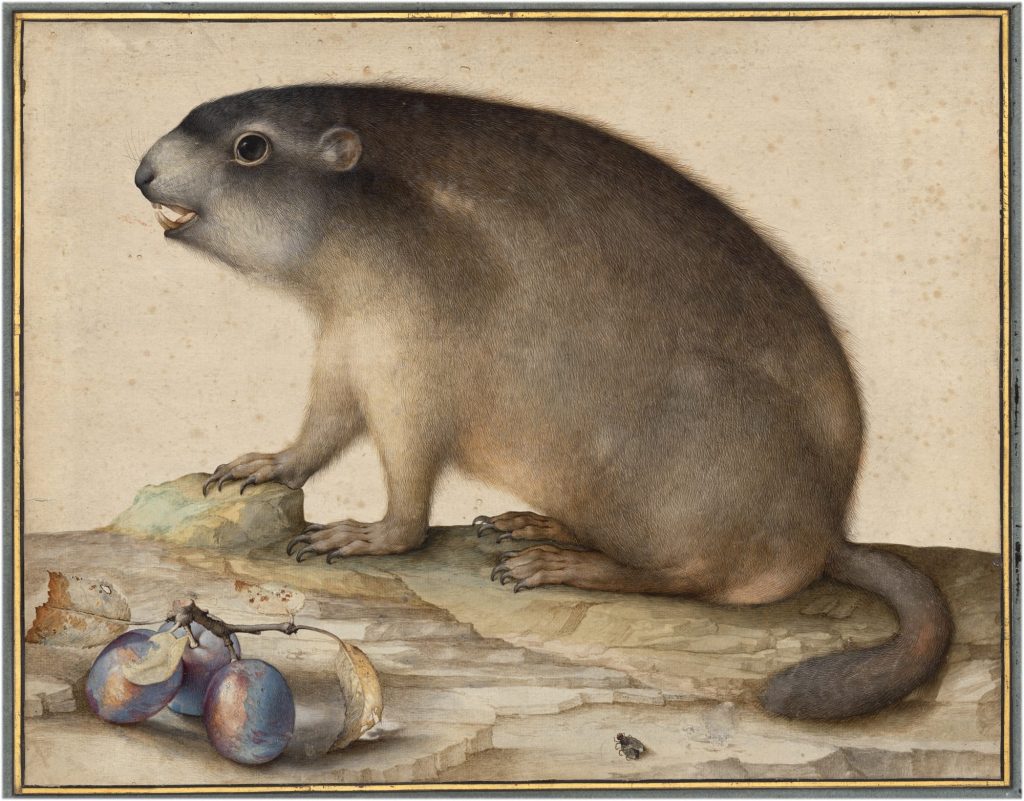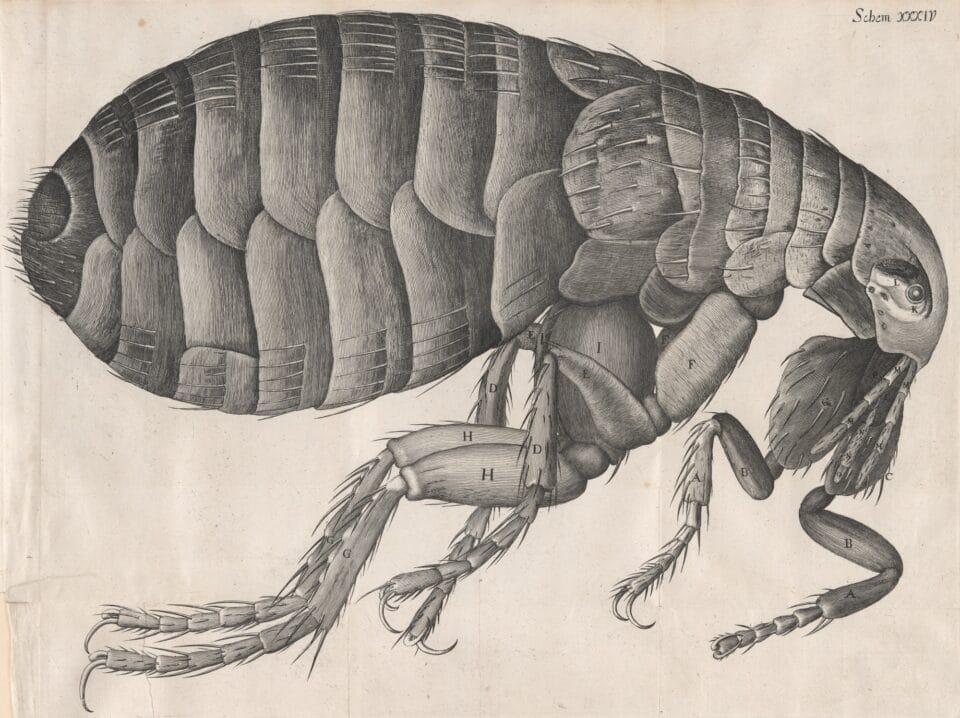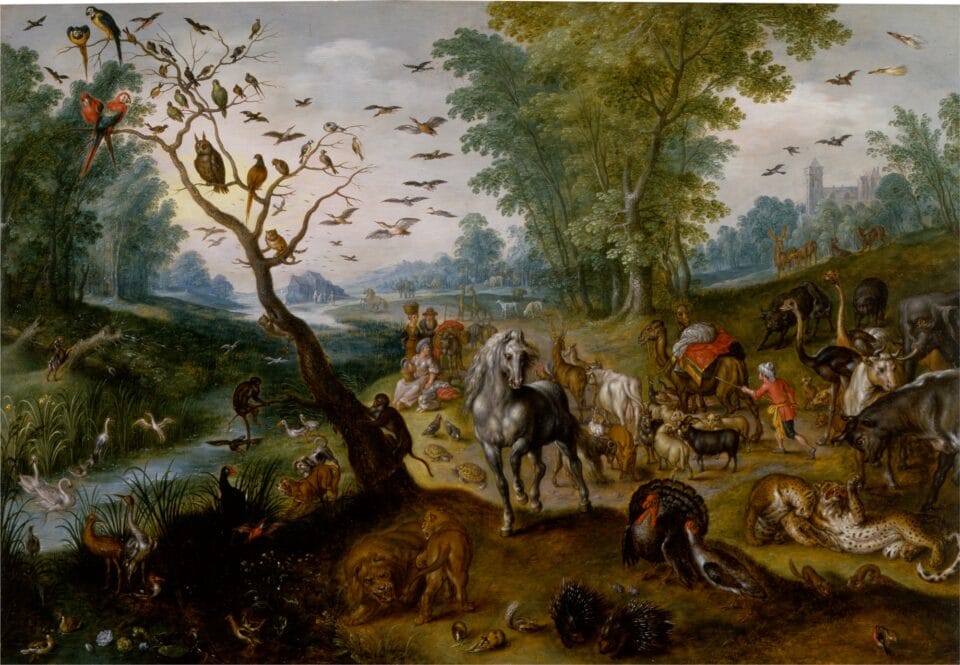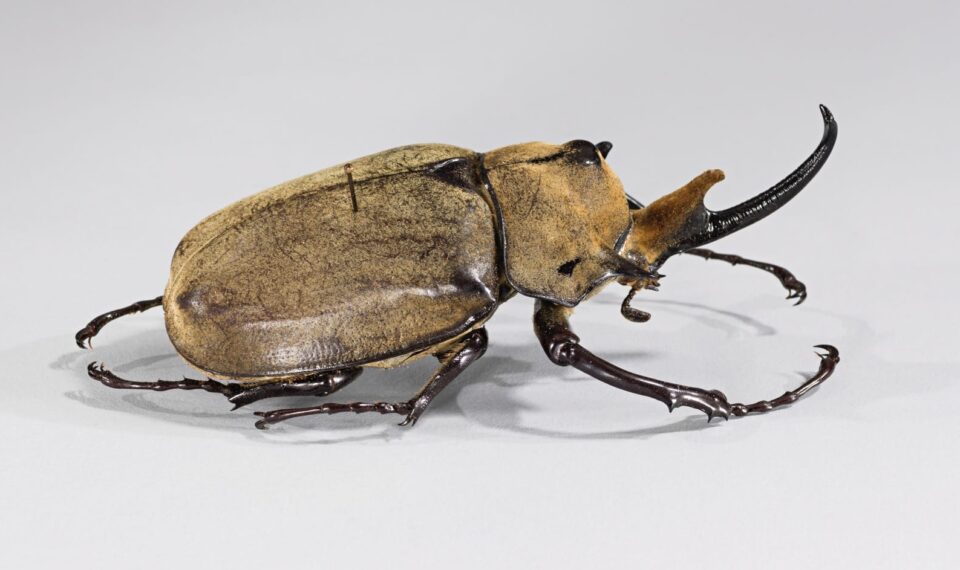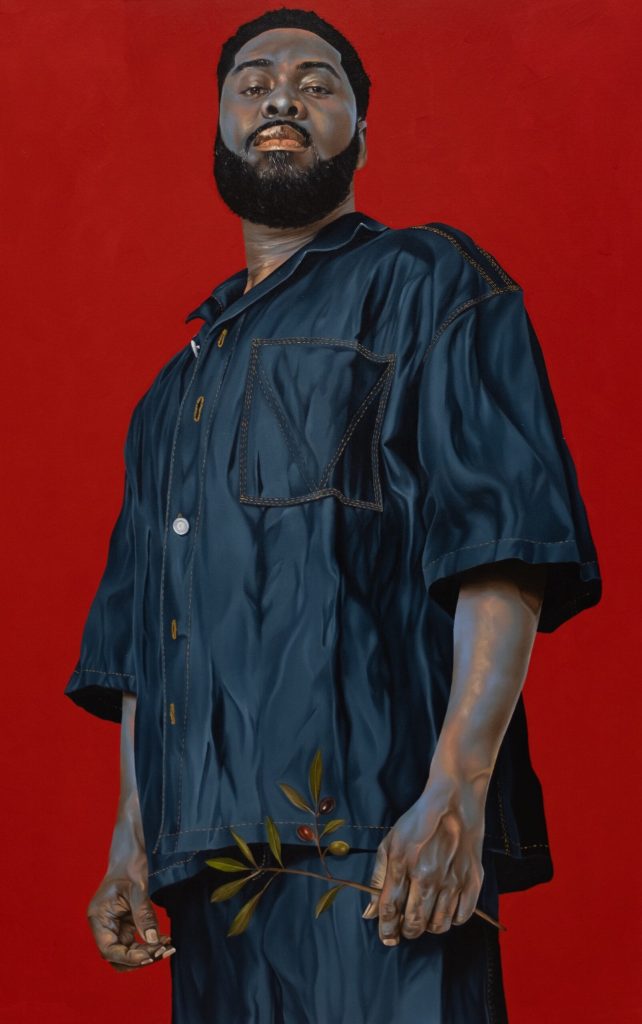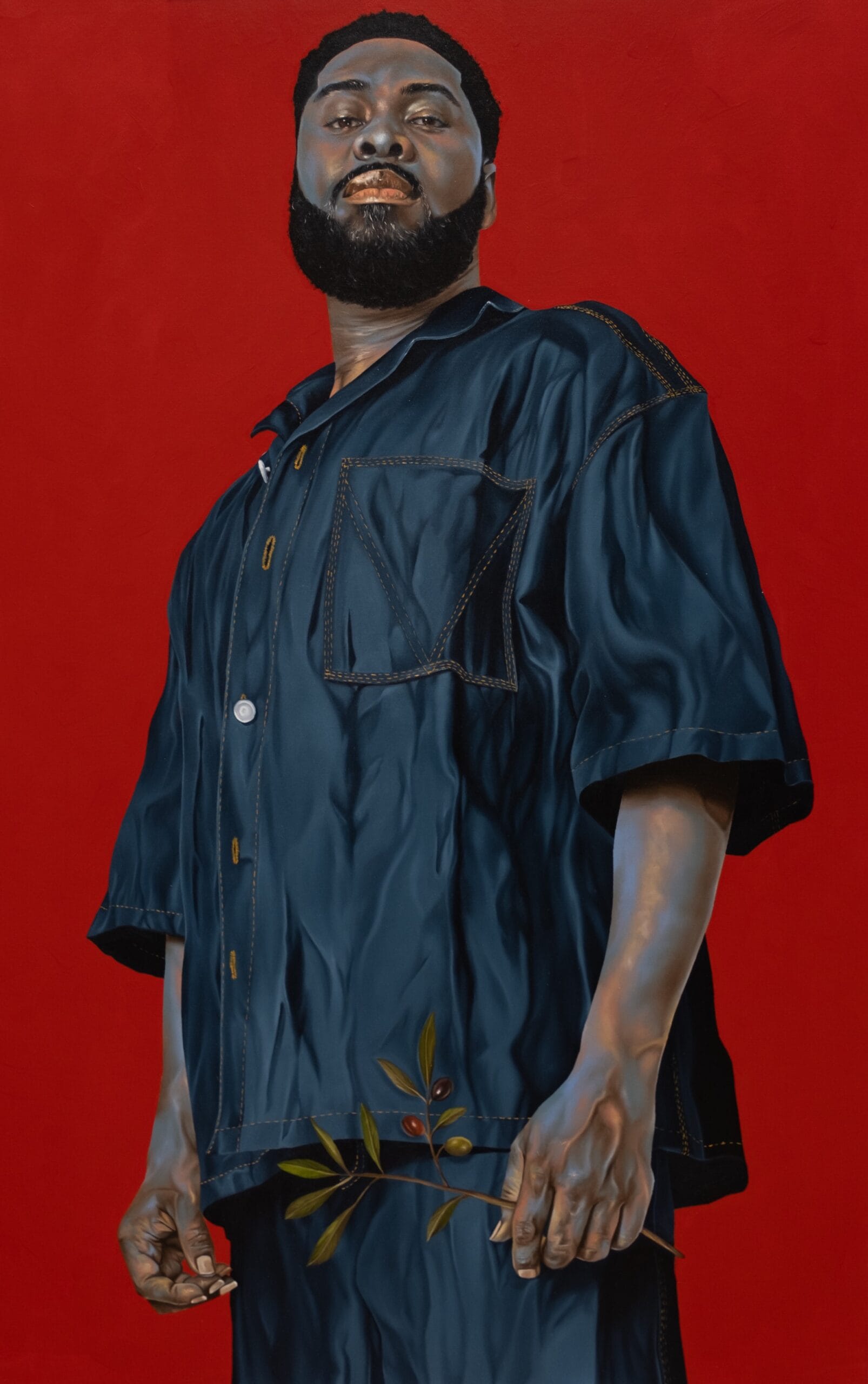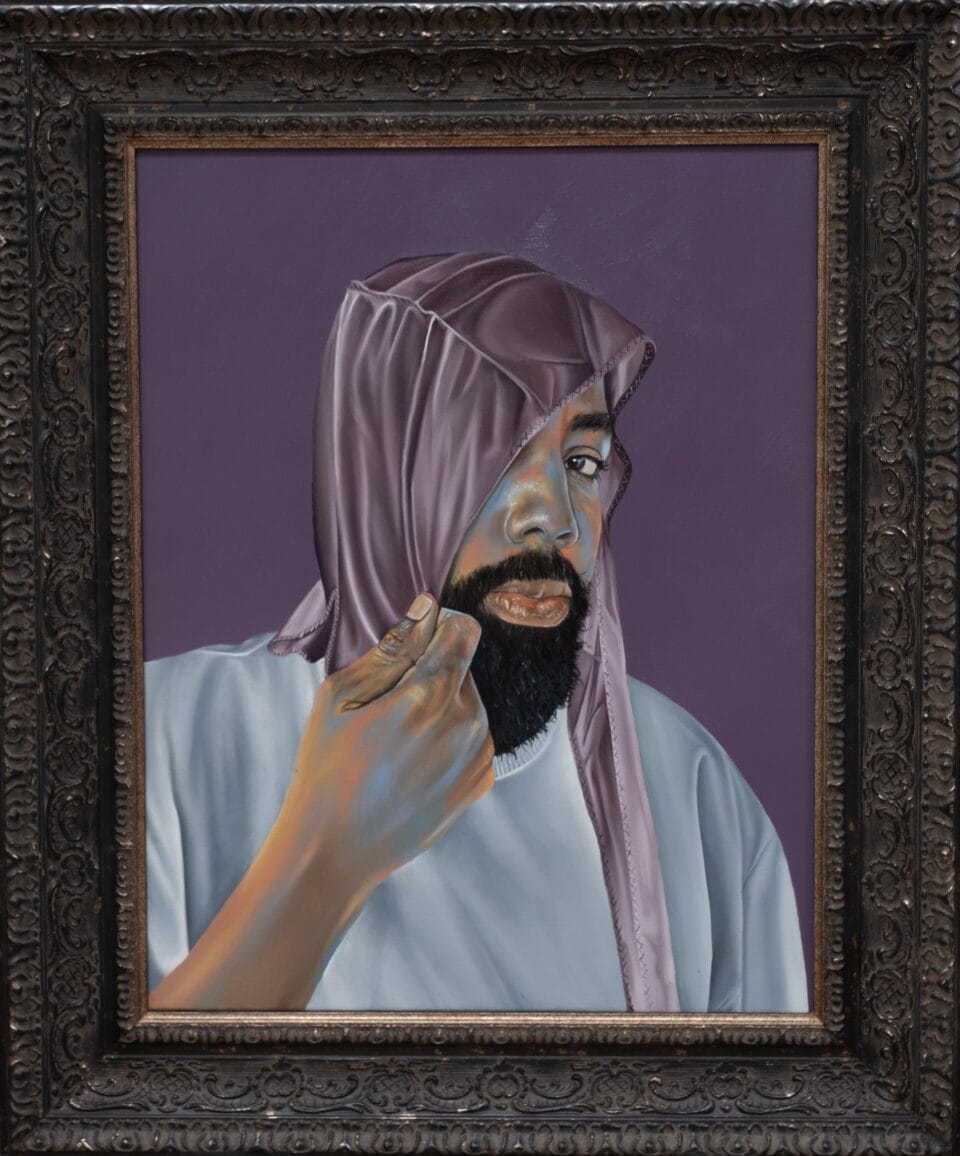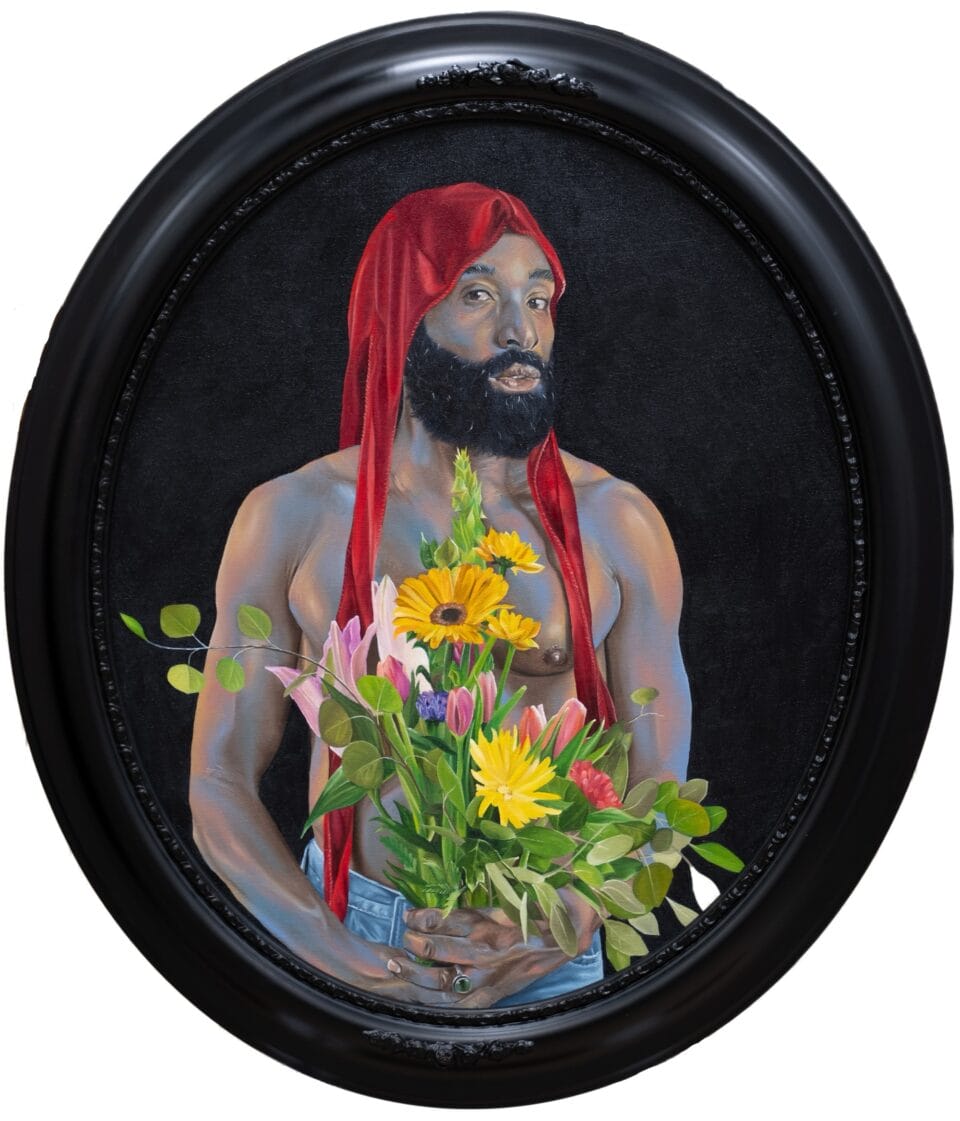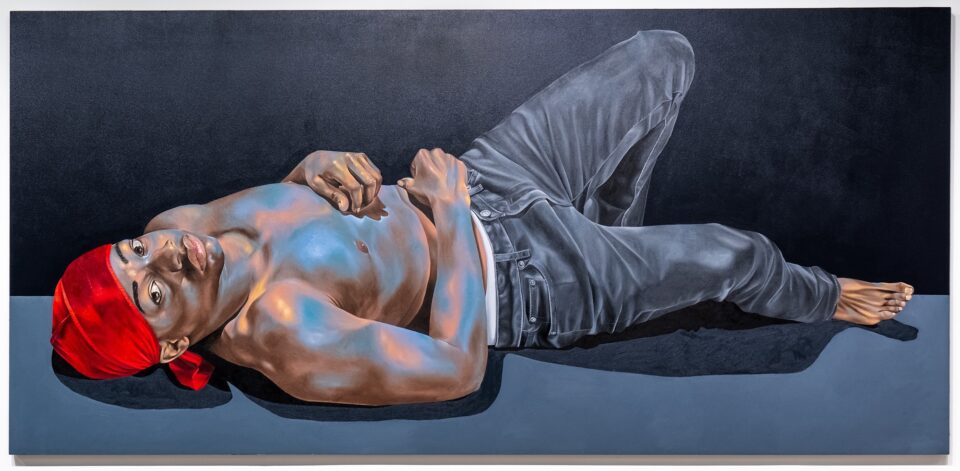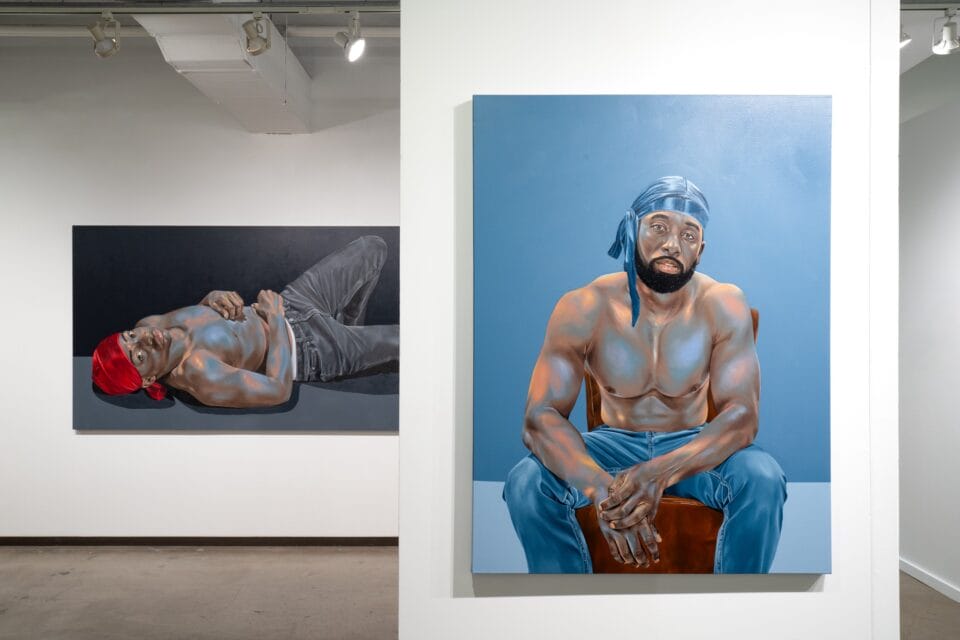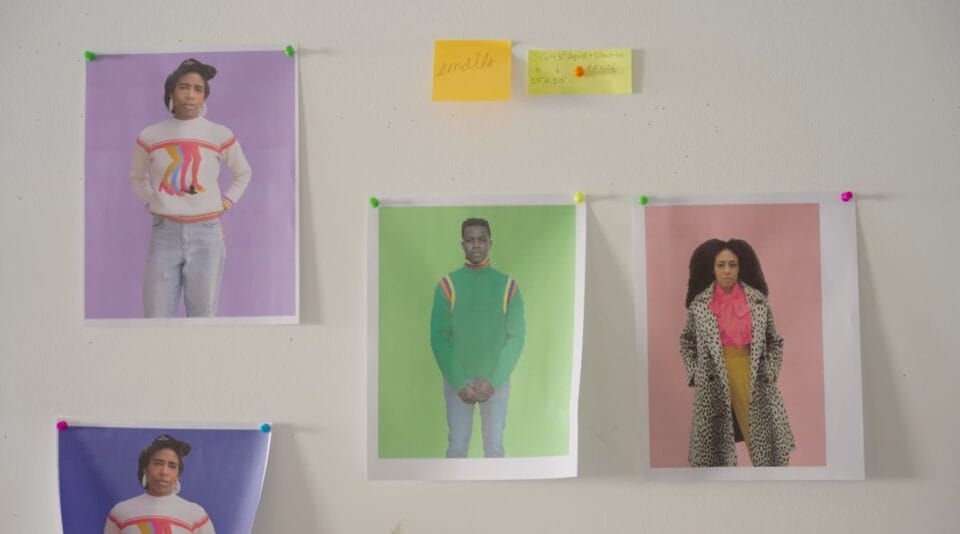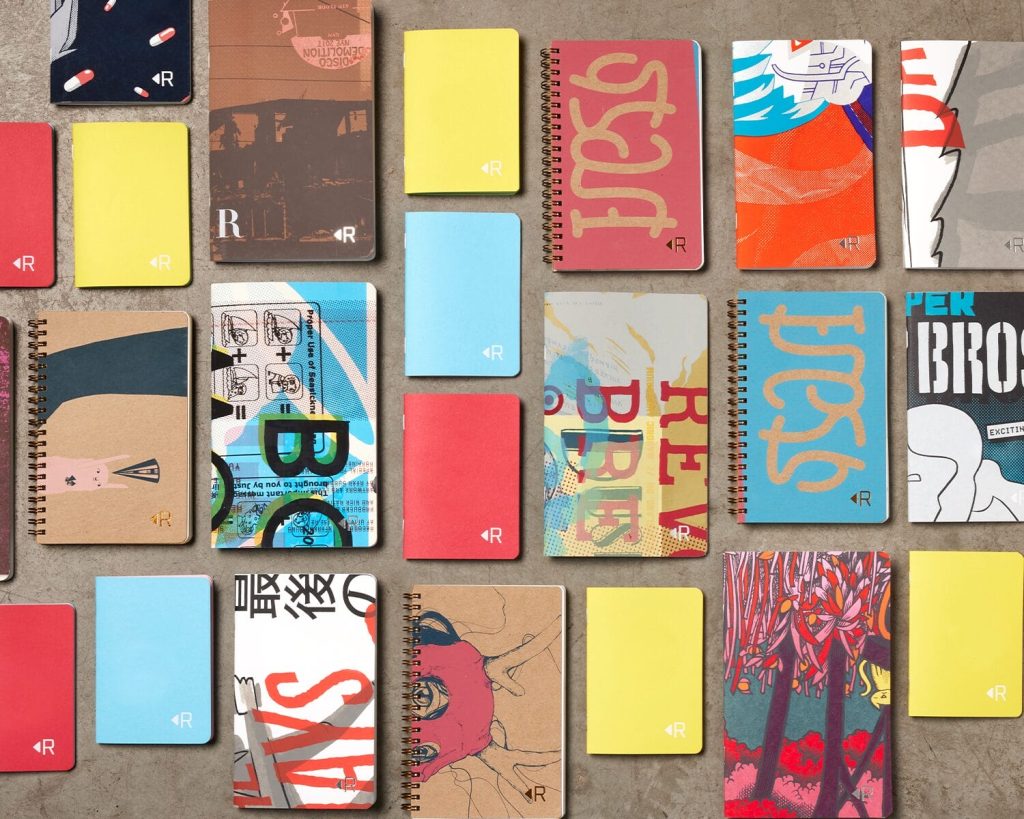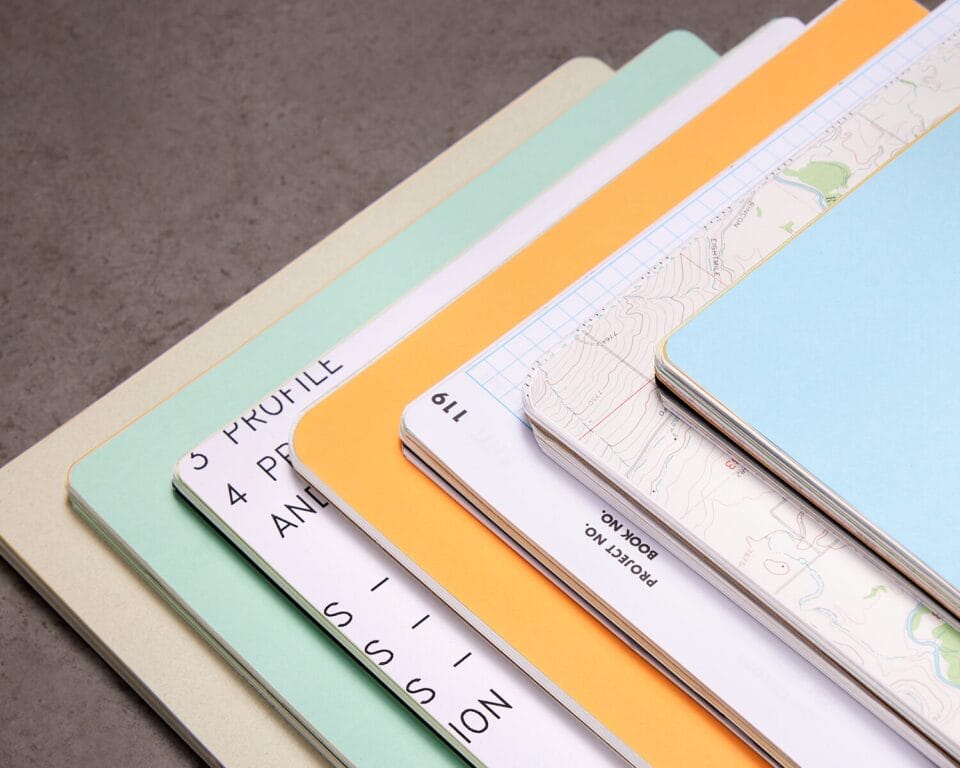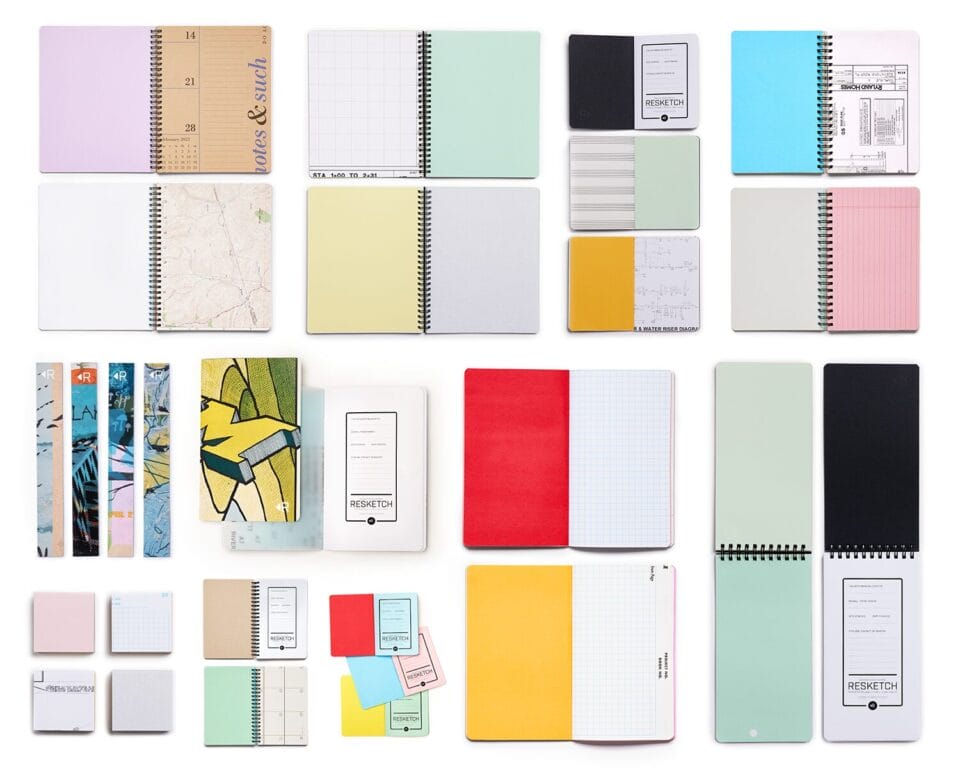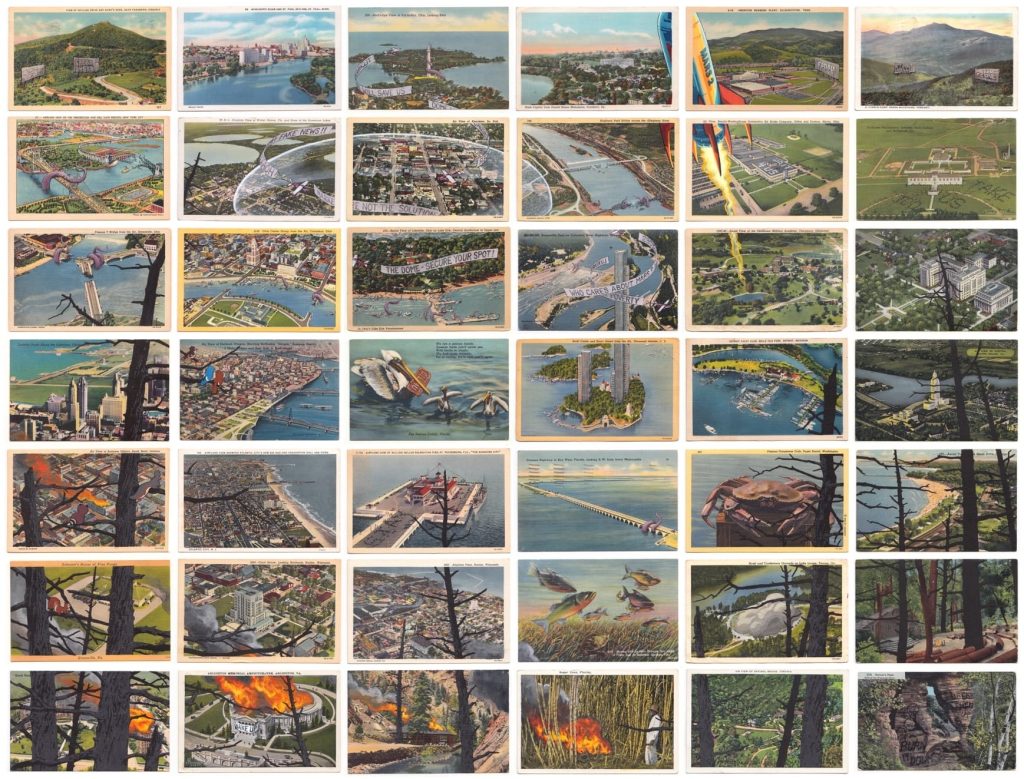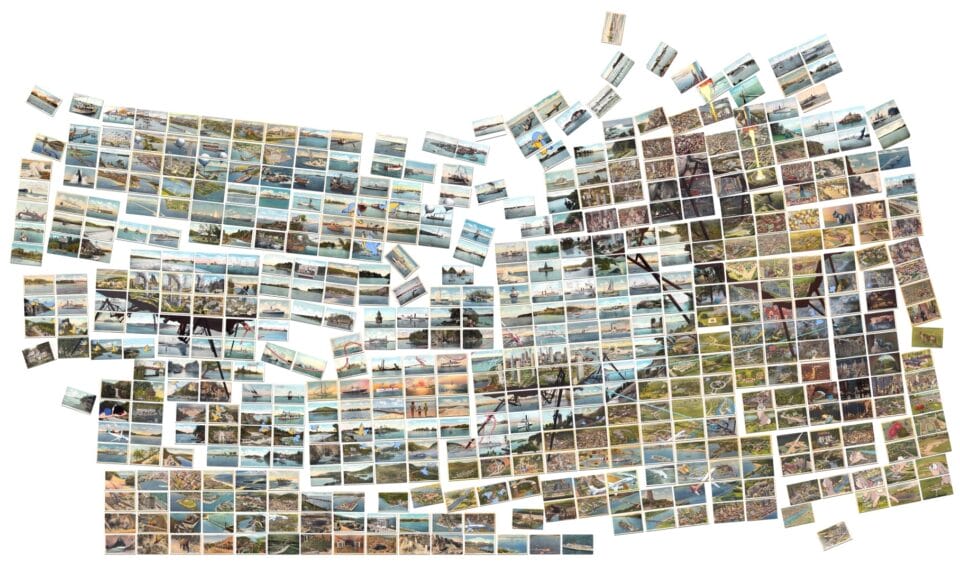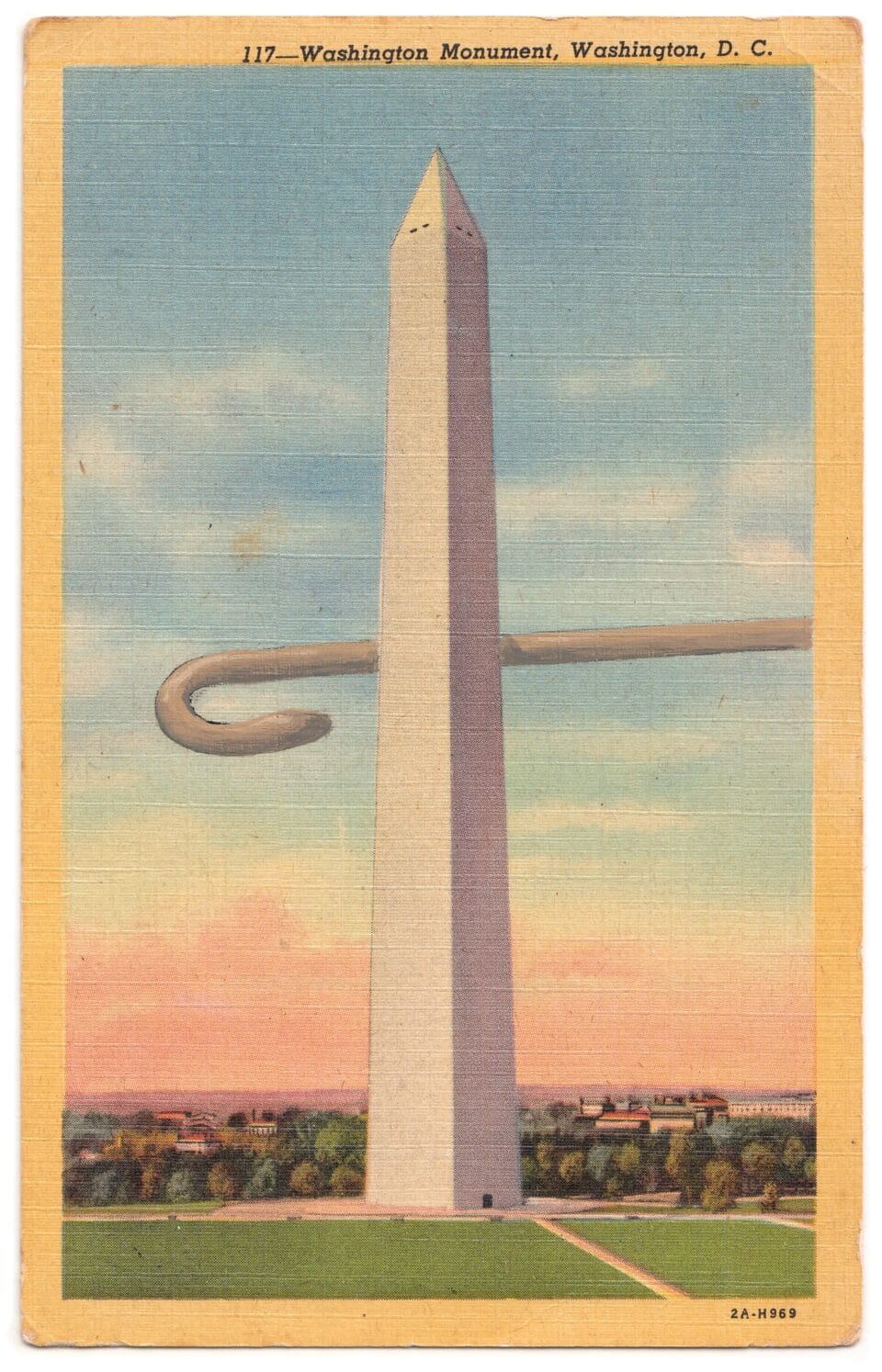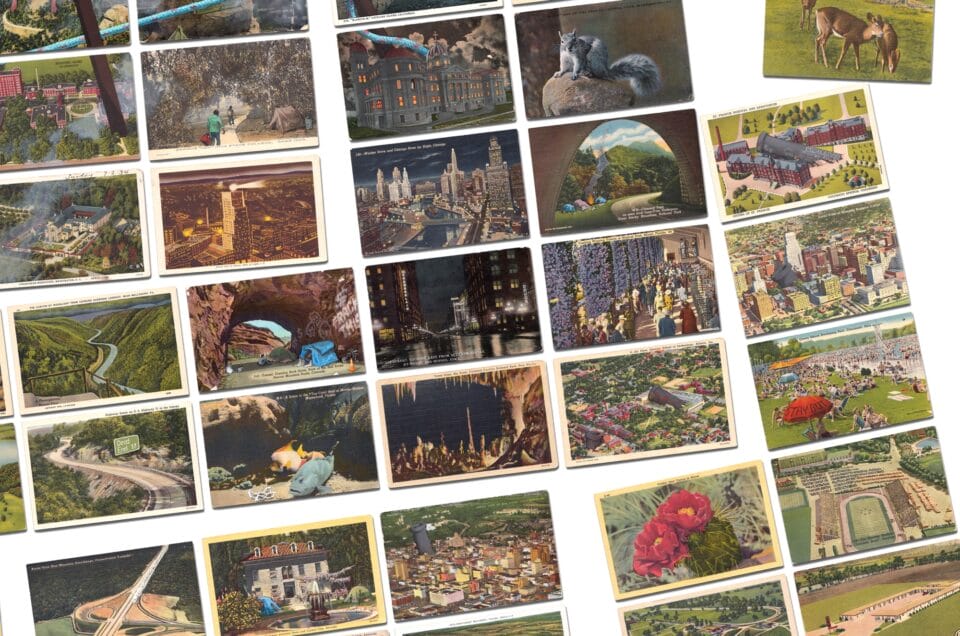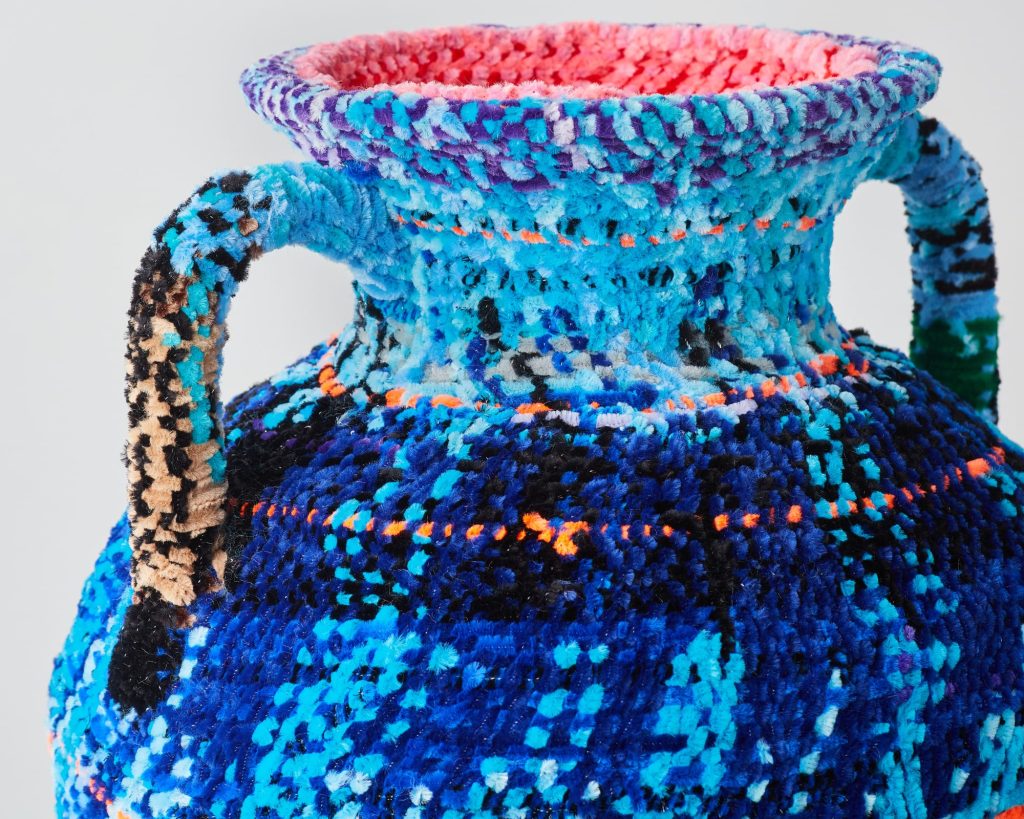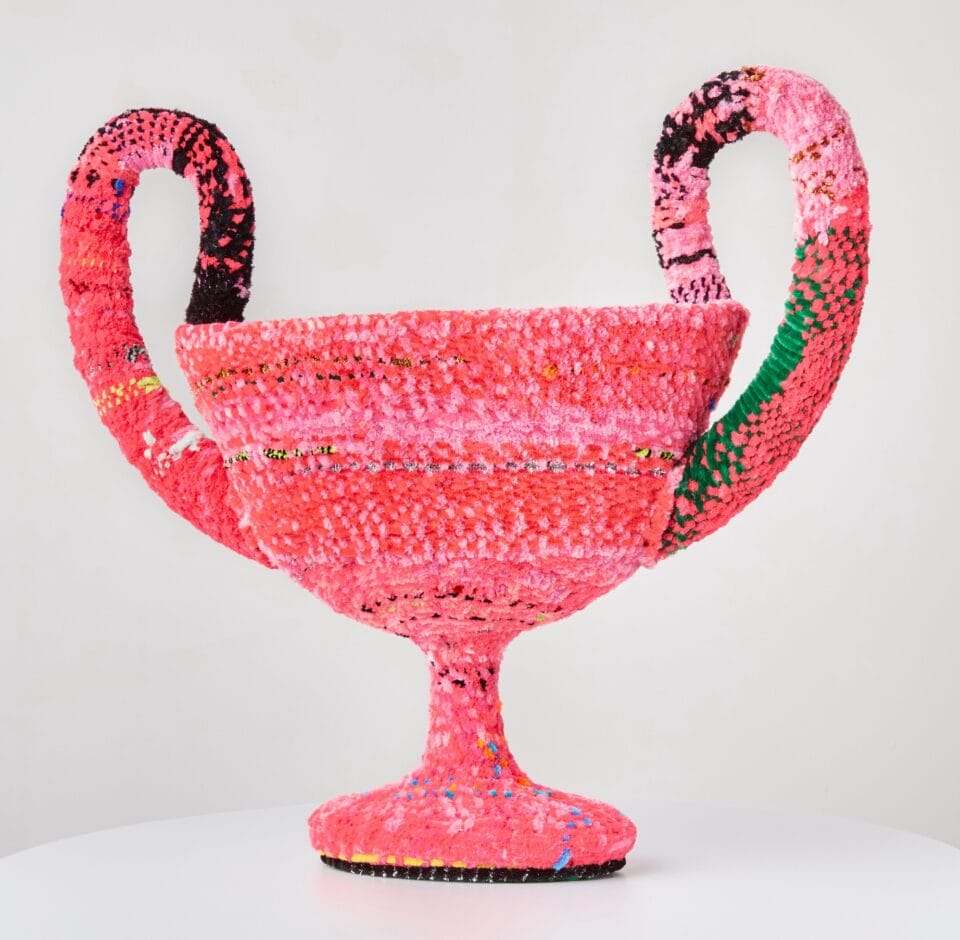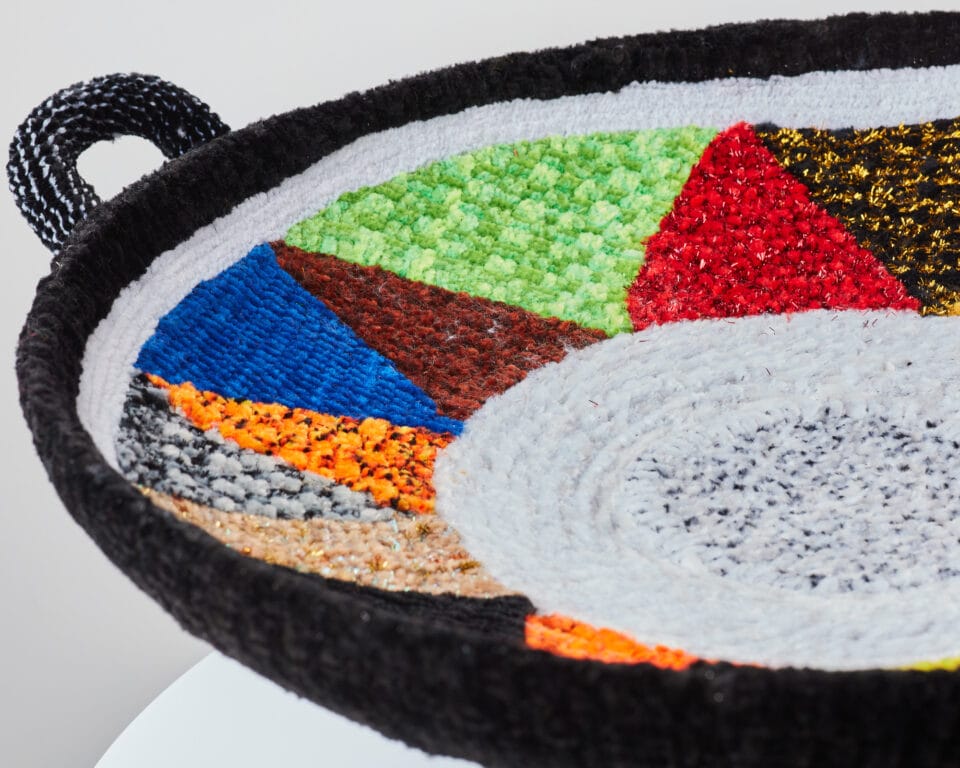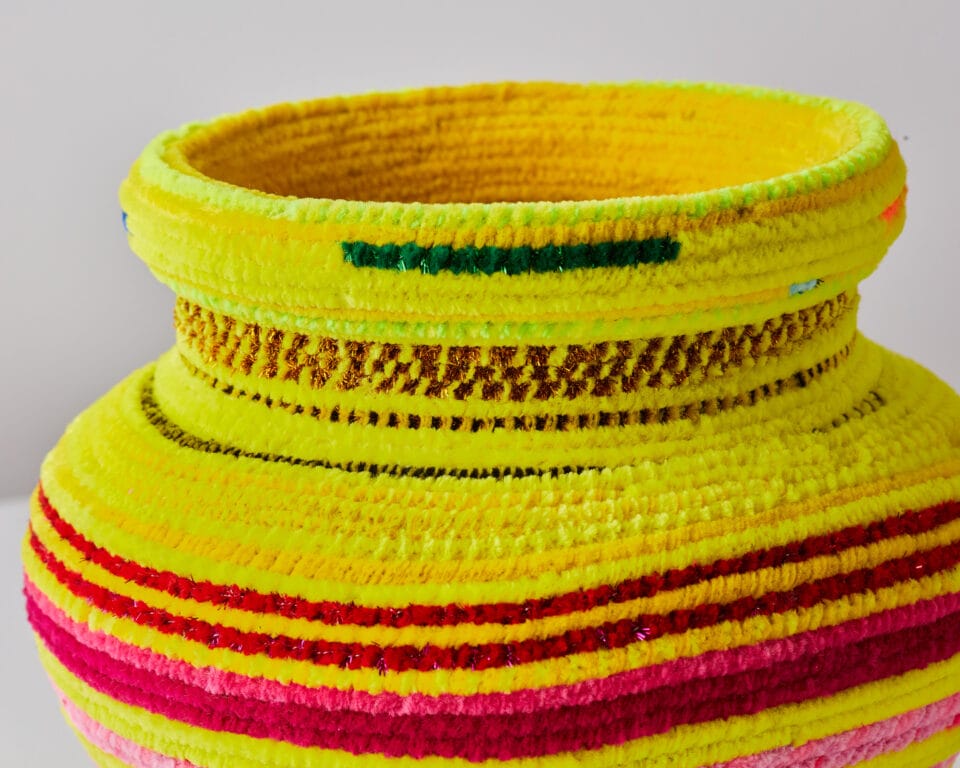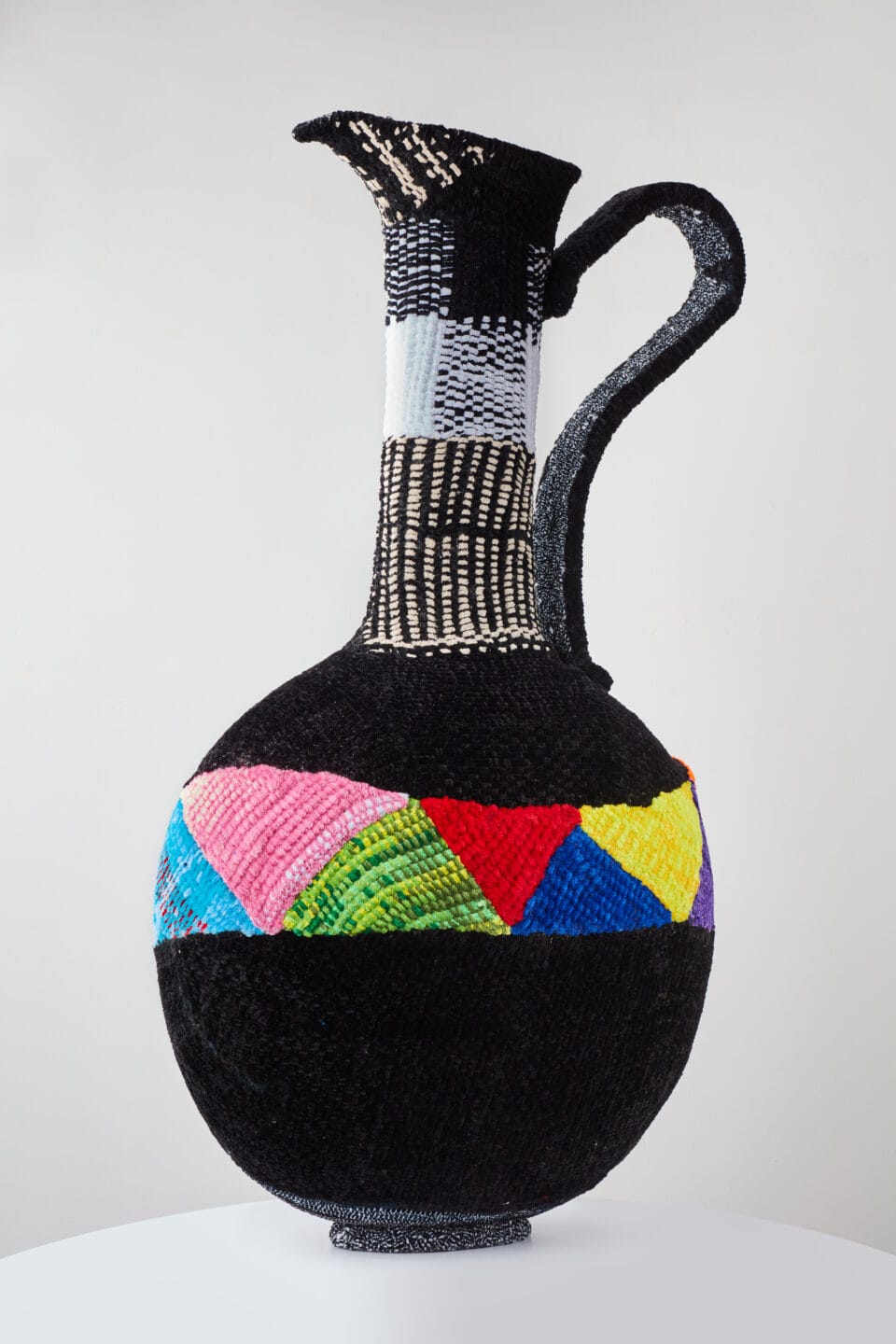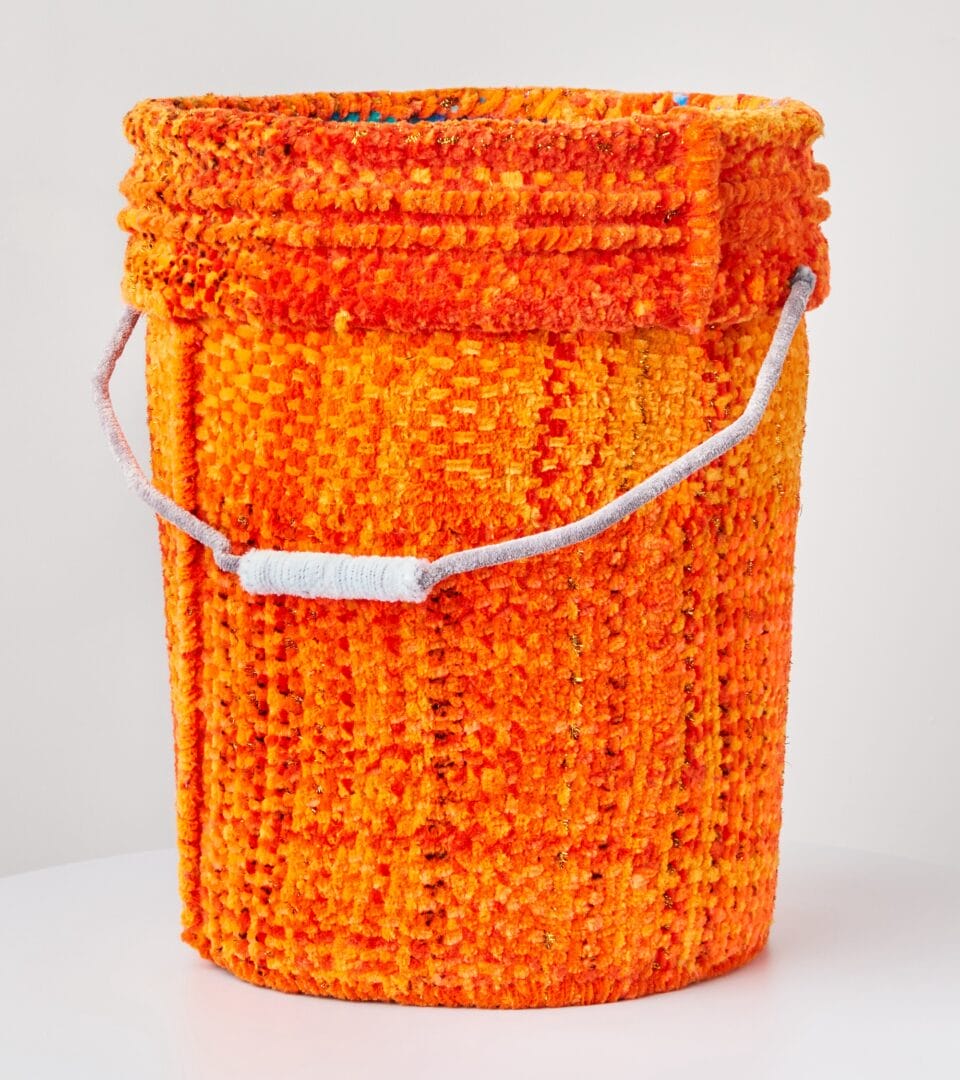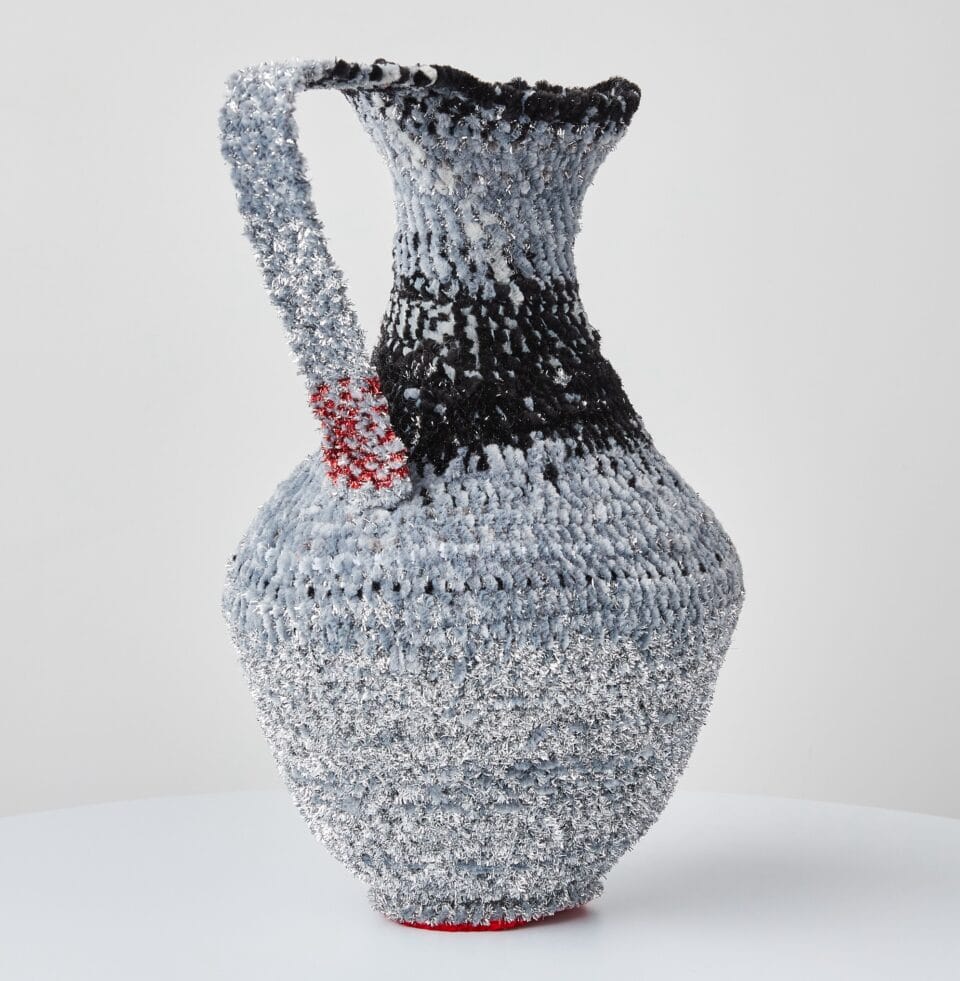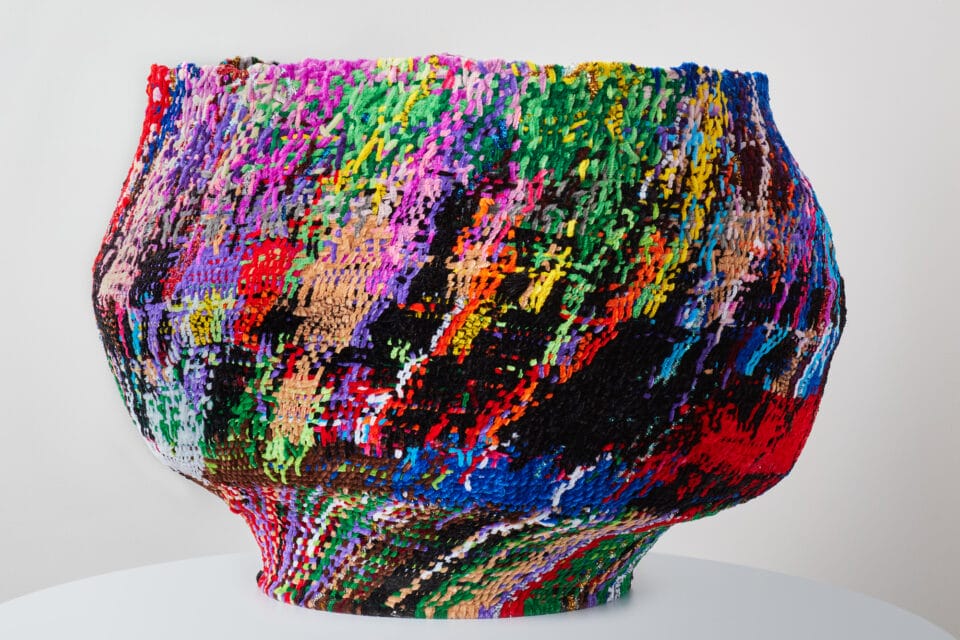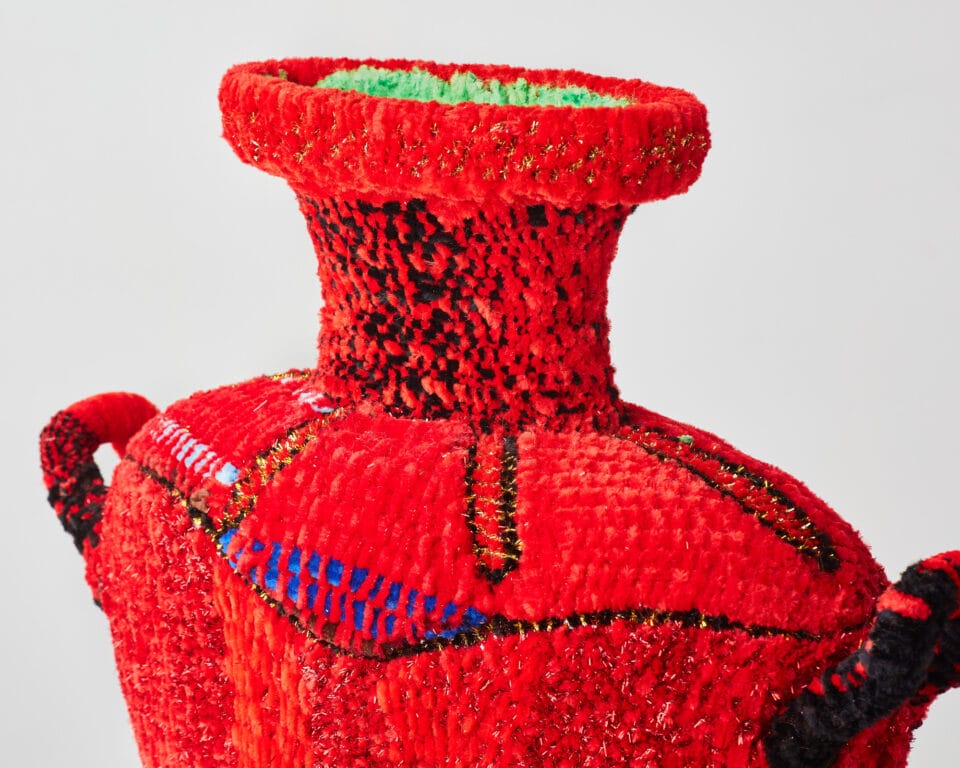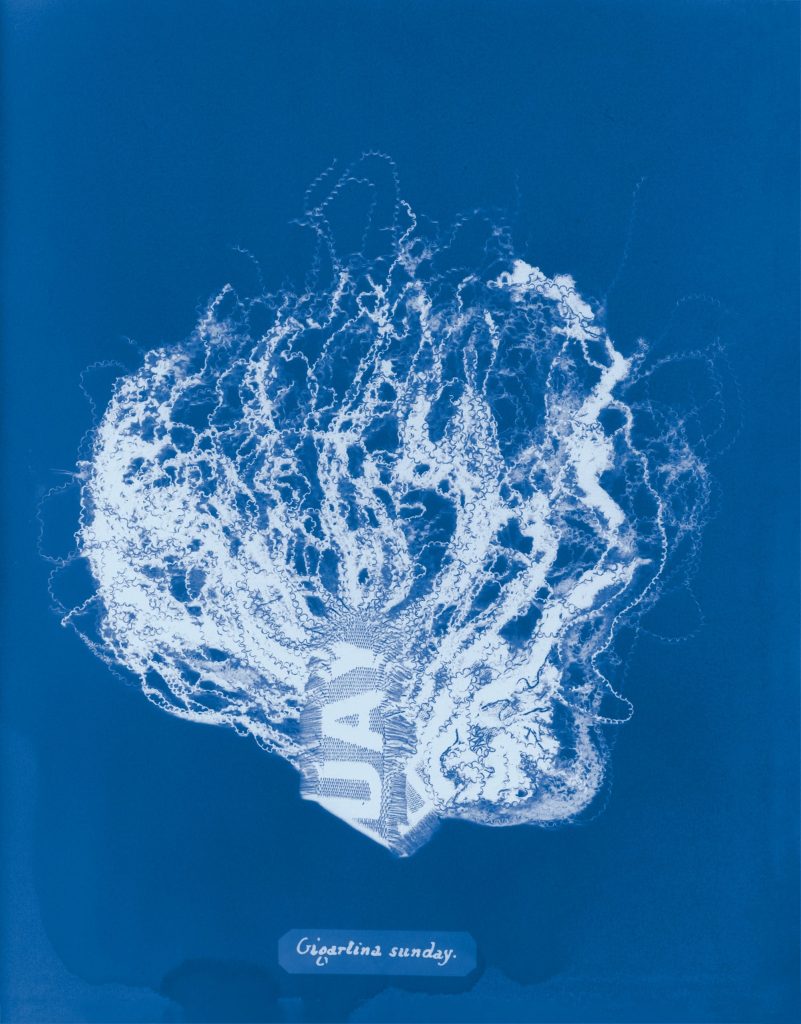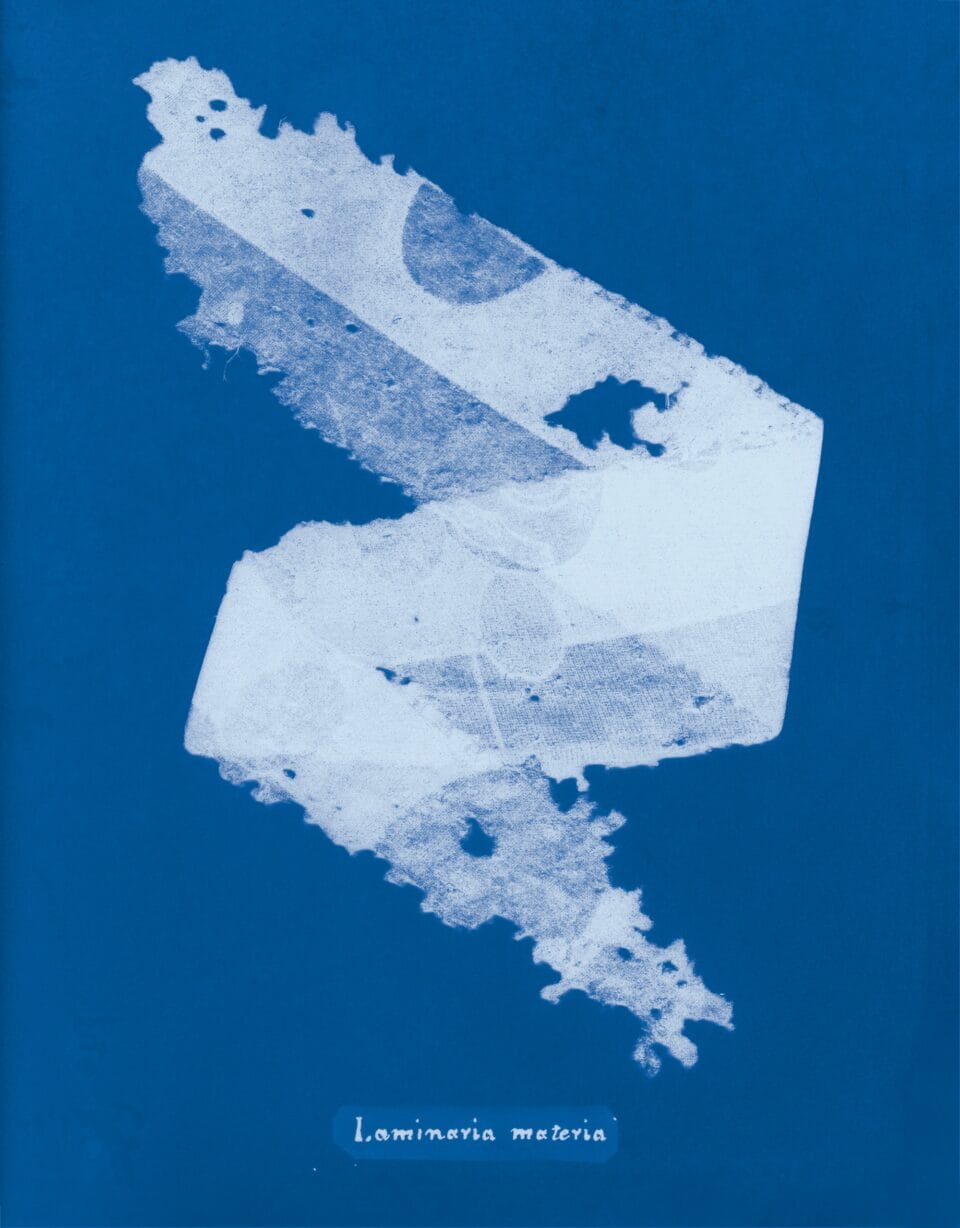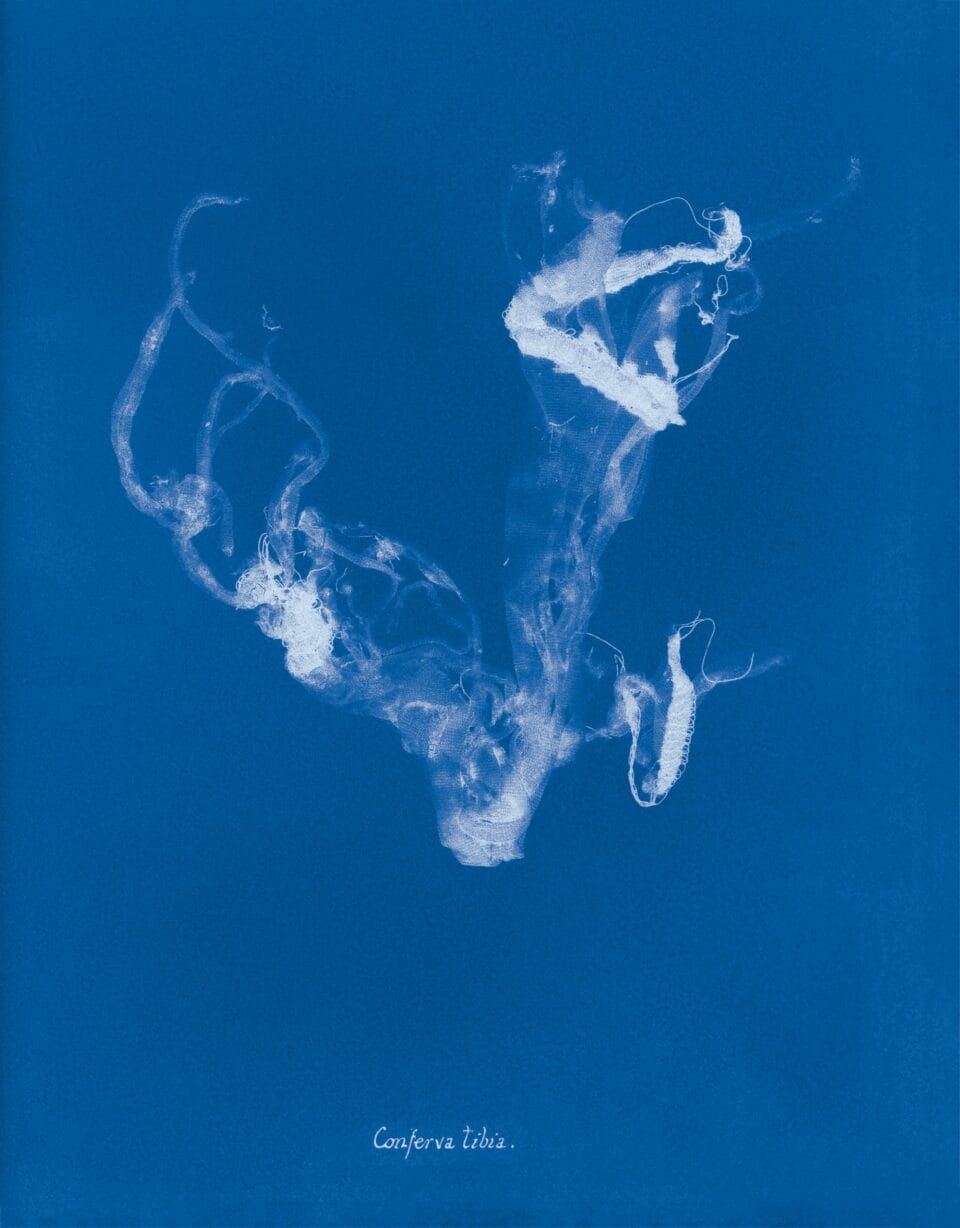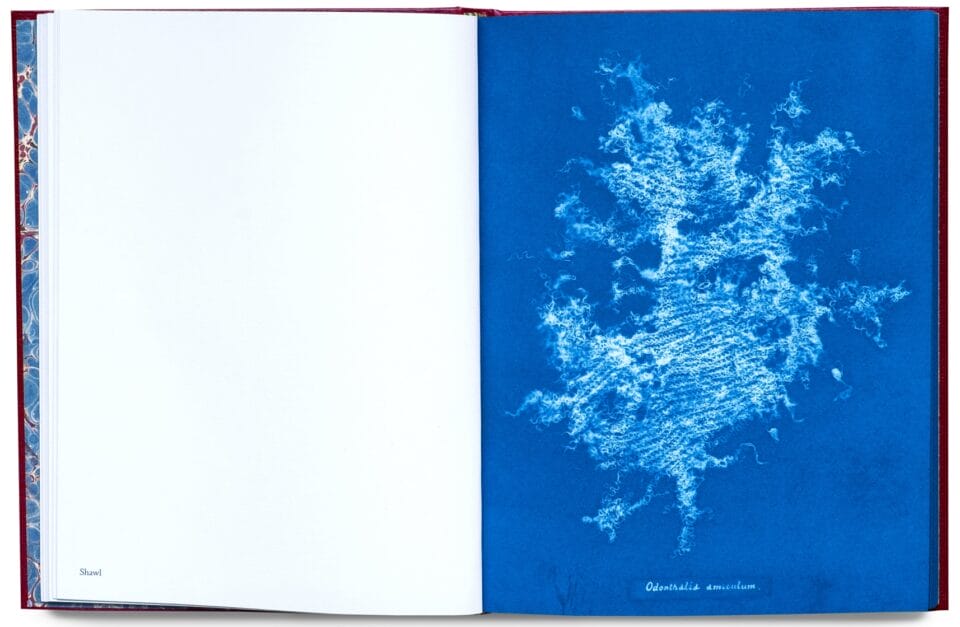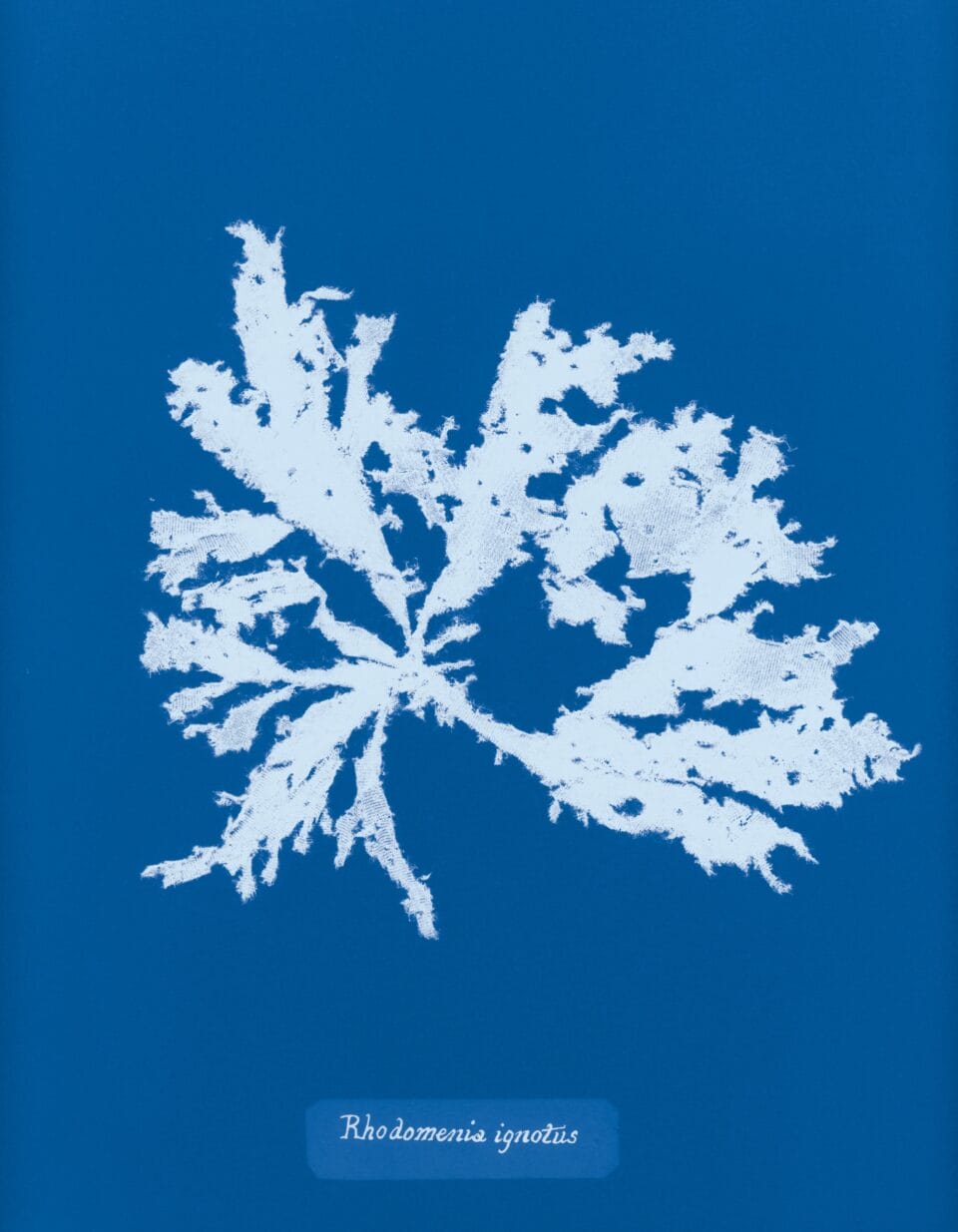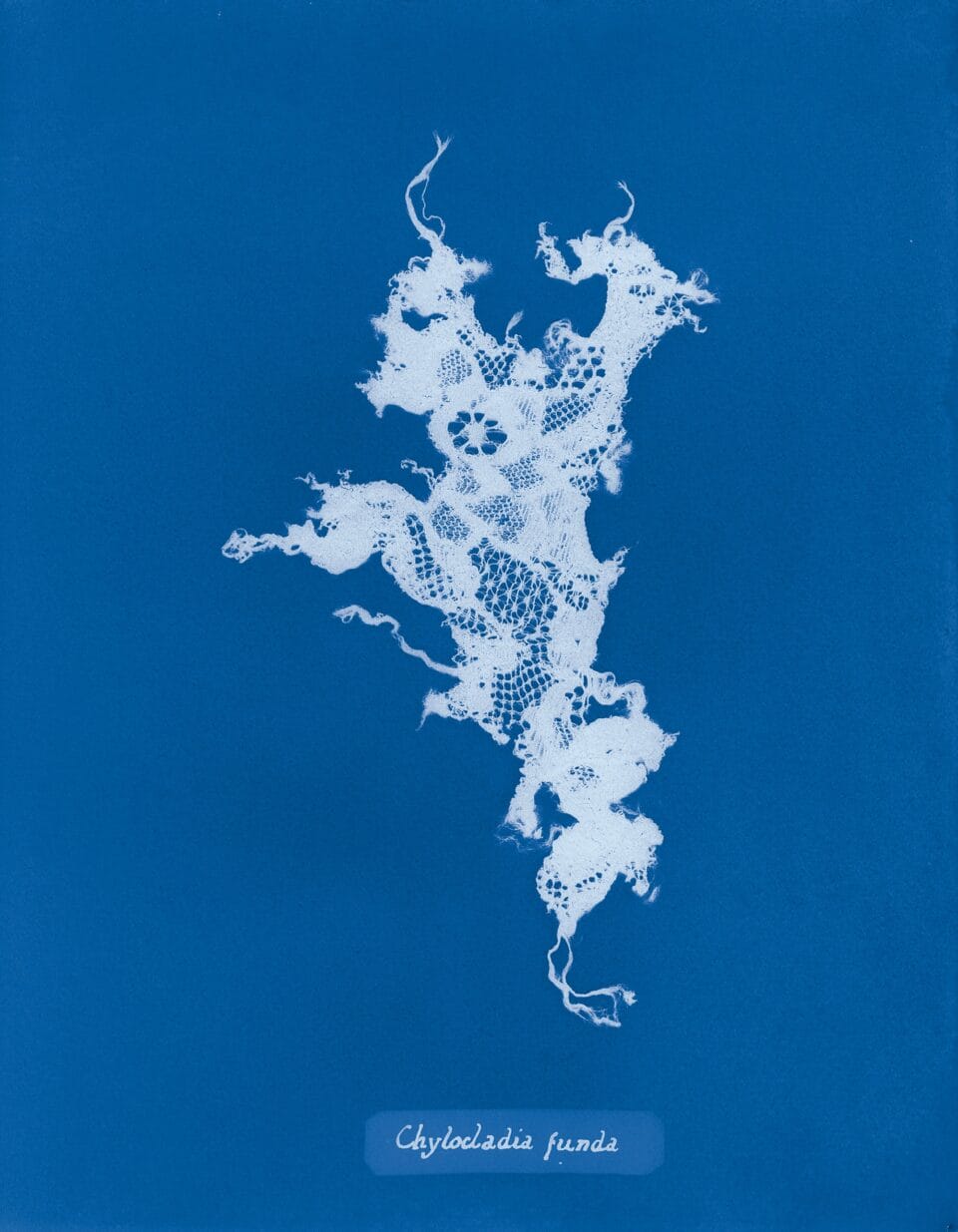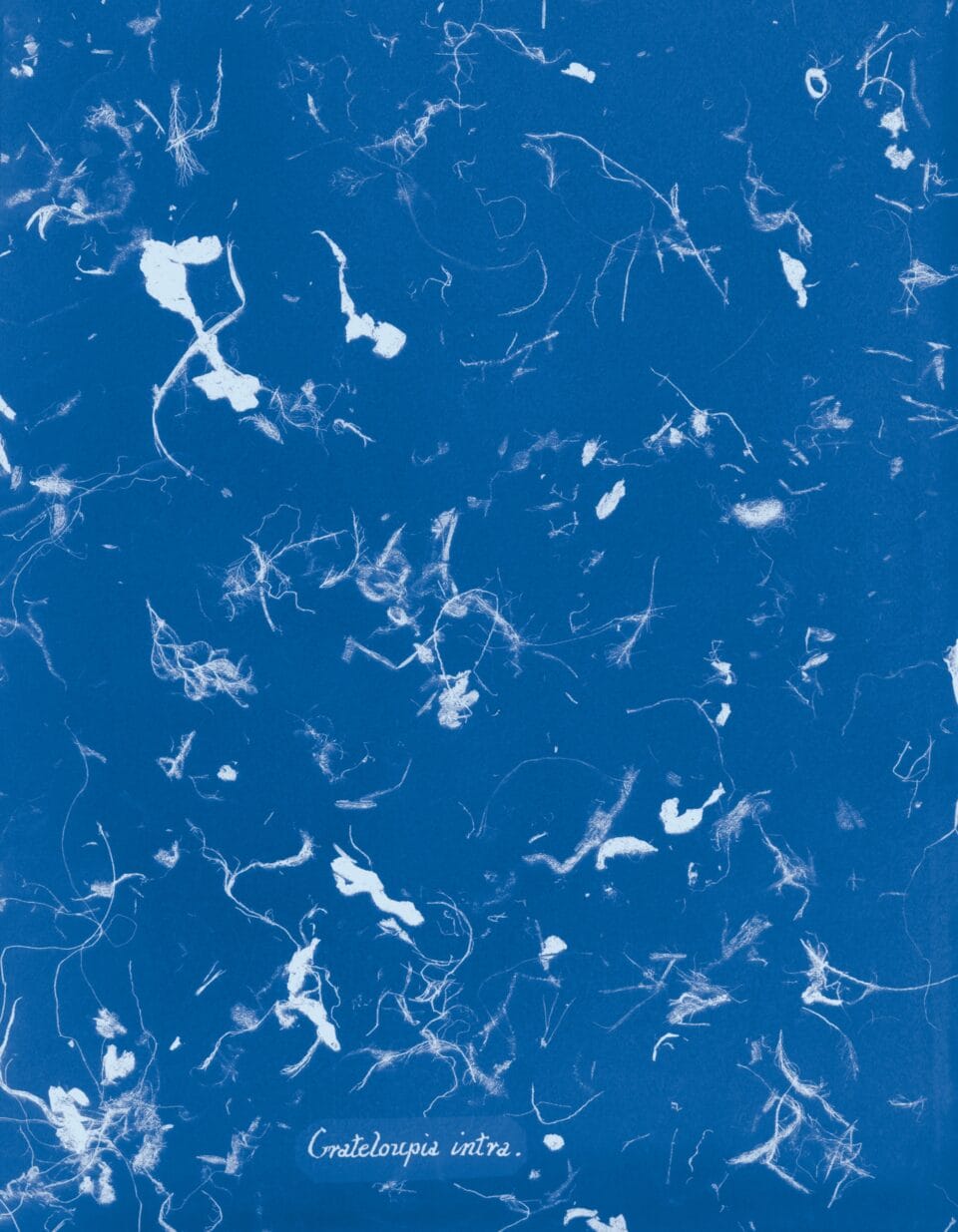
Inspired by nature’s myriad forms and relationships, Minneapolis-based artist Sonja Peterson creates sprawling scenes from intricately cut paper. Working intuitively while focusing on the environment and our place within it, she merges organic motifs and animals with humans and historical references.
The inherent simplicity of a blank piece of paper is a compelling attribute for Peterson, who is fascinated by the possibilities of texture, pattern, and the relationship between positive and negative space. Originally, the artist made drawings on large sheets, which she began to cut into in order to rearrange compositional elements. She became increasingly interested in the art of the incision and removed other media altogether.
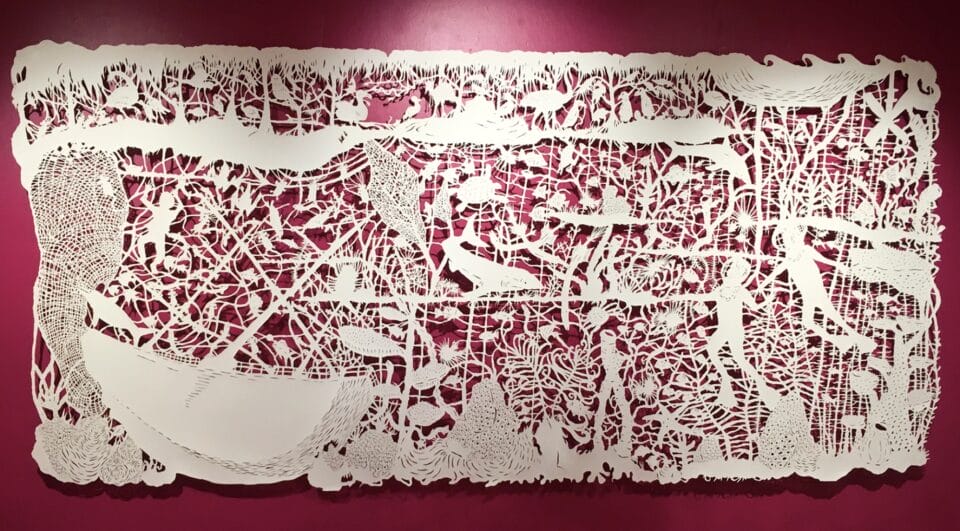
“My choice of paper echoes the idea of the fragility that I want to convey as I look at the precariousness of ecological systems,” Peterson tells Colossal. “The works’ structural integrity is, at times, reliant on its interconnectivity; if elements disconnect, the entire system is in threat of collapsing.”
An overarching theme in Peterson’s work revolves around interconnection—both natural and human-made—highlighting how our global trade systems, manufacturing, and agriculture are fundamentally reliant on our environment, even as they contribute to an ever-growing climate crisis. She often combines human interactions with botanical details, like a sunken ship in “Lost and Searching” or the salient history of European colonialist expansion in “Empire Builder.”
The artist is interested in our “global systems as something of untamed wonder, a gaze that was once reserved for the natural world,” she says. She often juxtaposes botanical details with human-made structures, such as ships or buildings. “Nature is now often seen as contained patchwork or a constructed binary to a technological world that is now the wild frontier.”
Peterson’s work is currently on view in Nordic Echoes — Tradition in Contemporary Art at Scandinavia House, which runs from April 5 to August 2 in New York City. The show celebrates contemporary folk arts from the Upper Midwest, featuring more than 50 works by 24 artists. Find more on the Peterson’s website and Instagram.
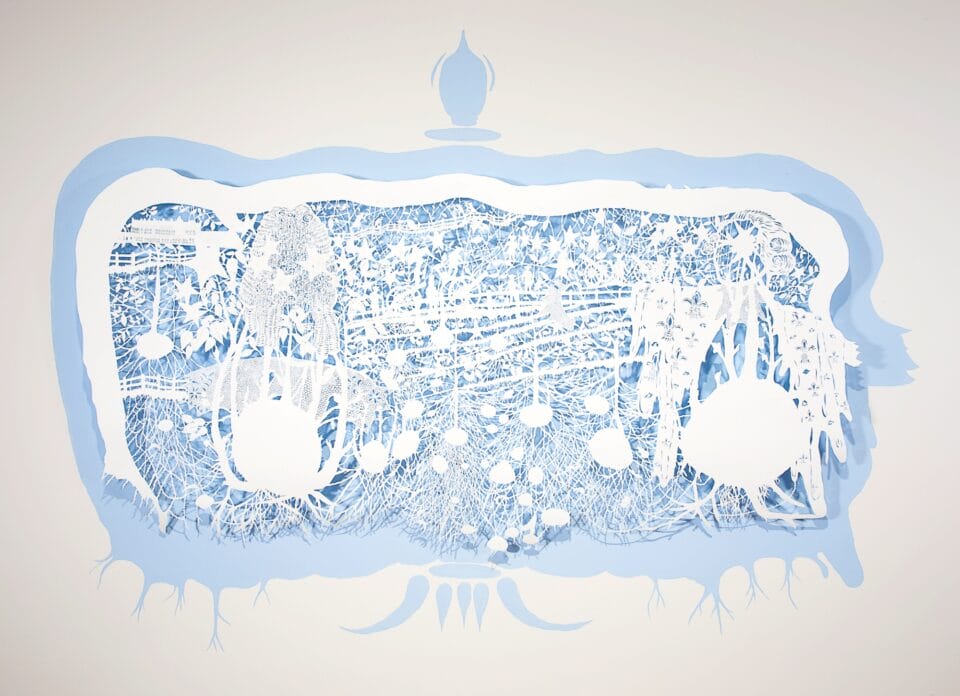
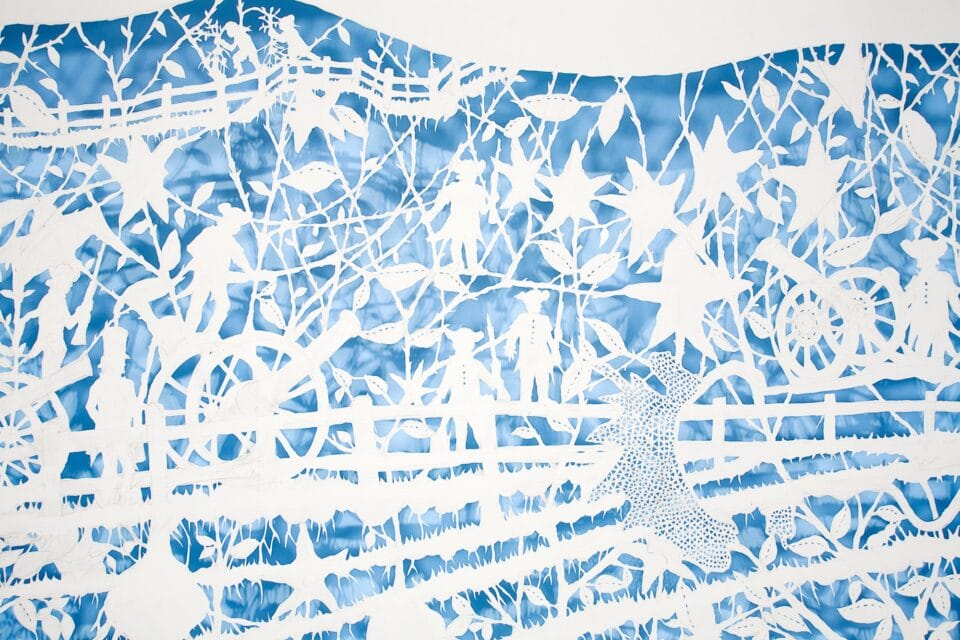
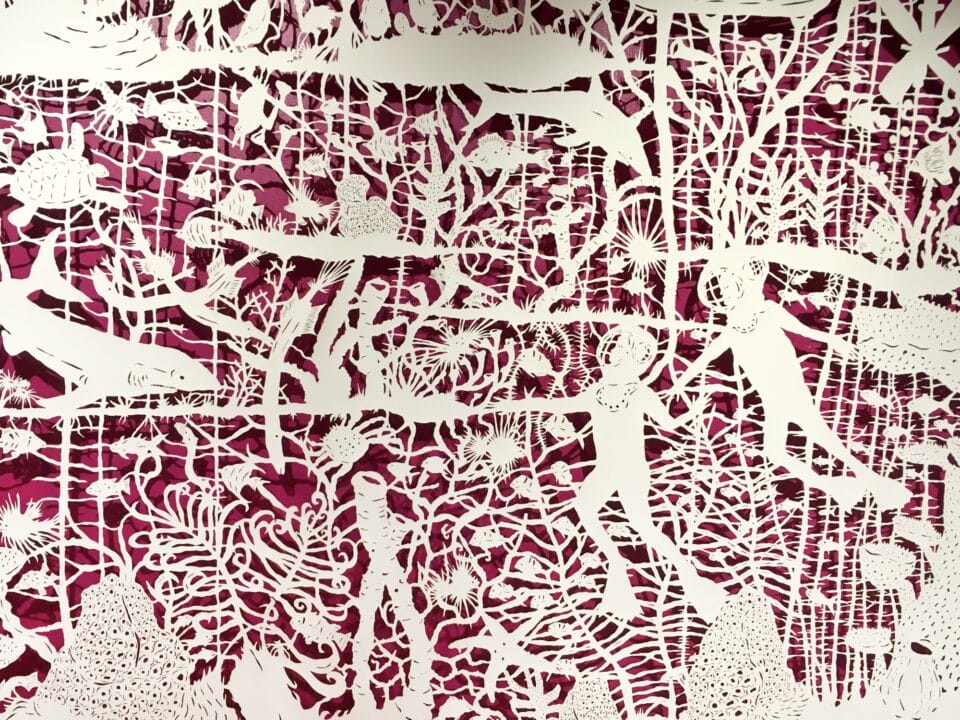
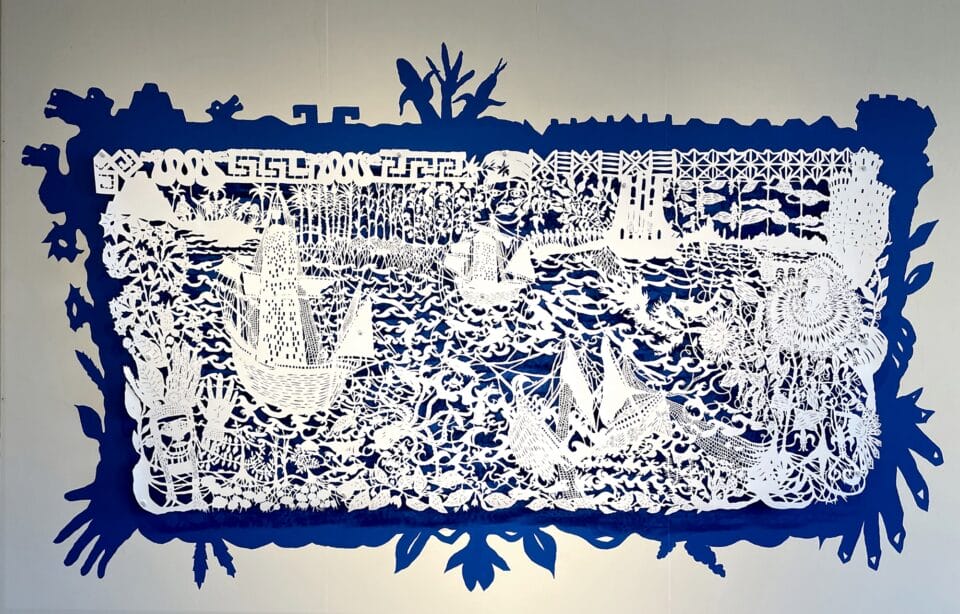
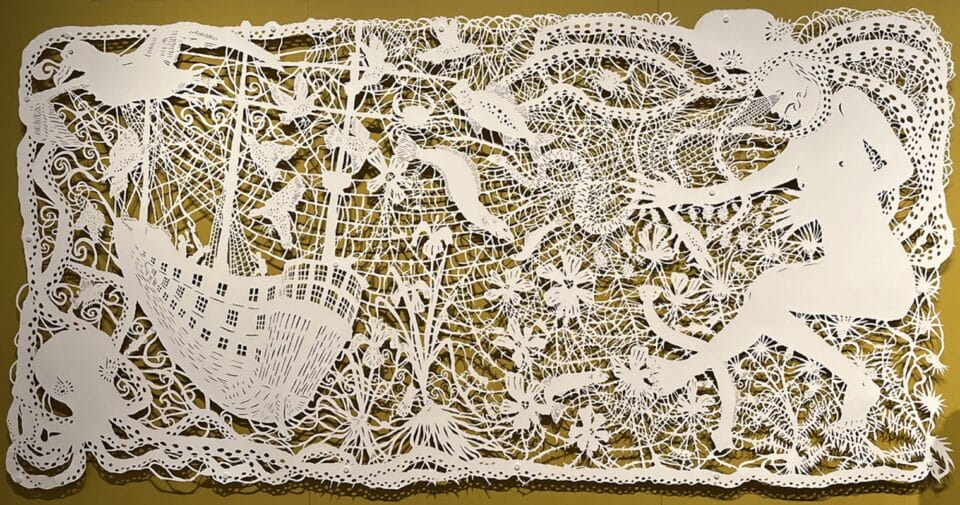
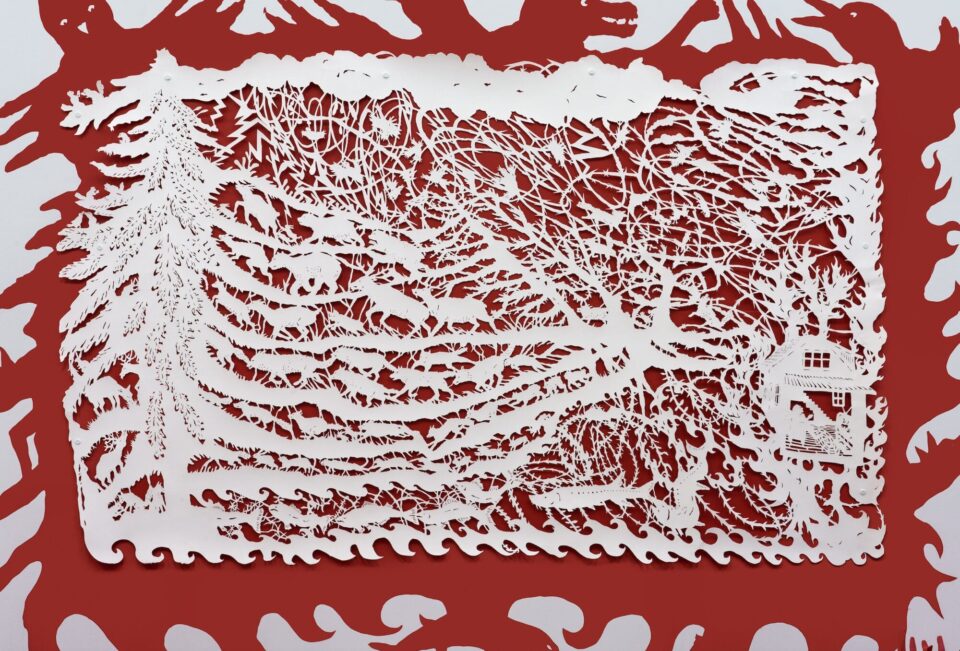
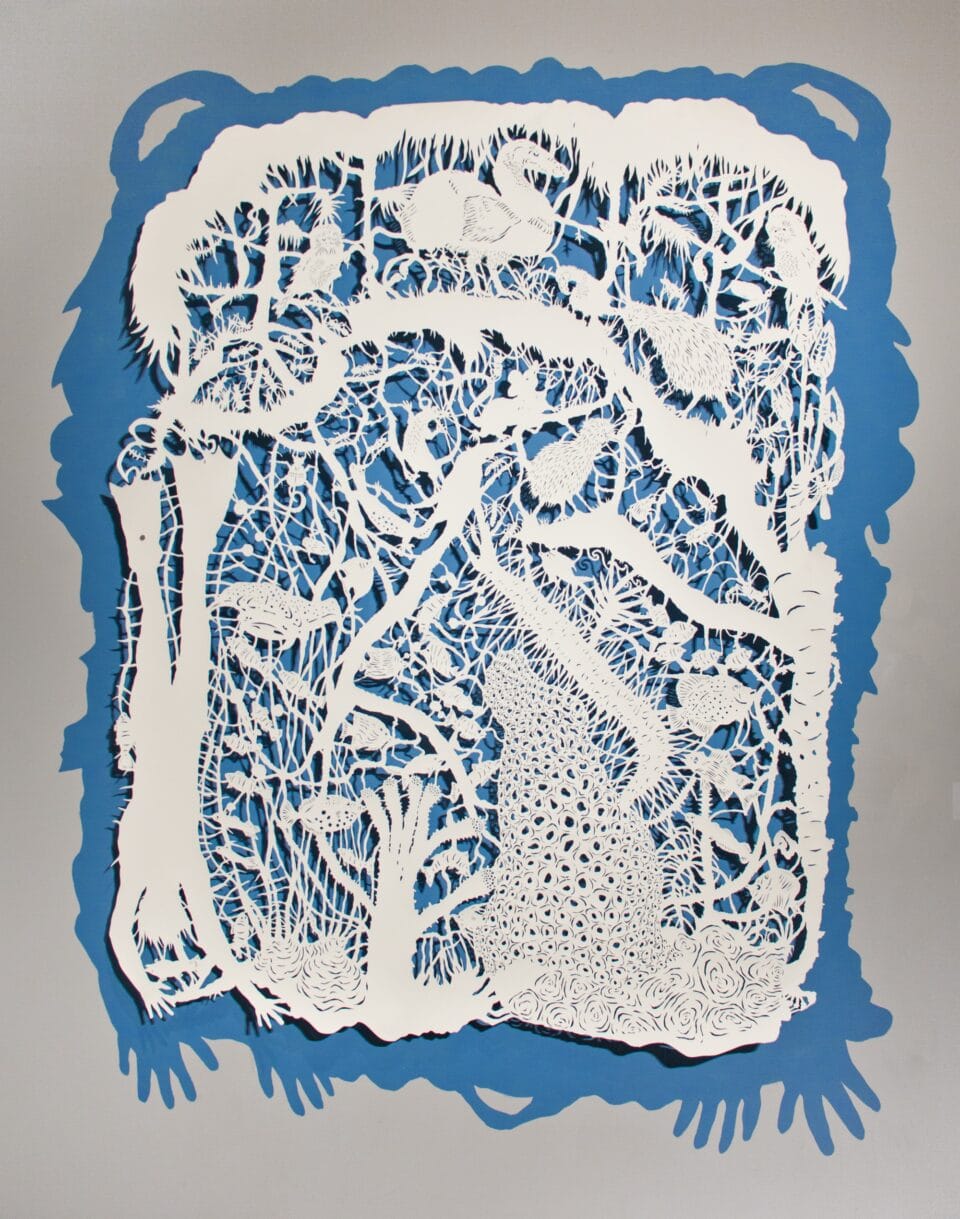
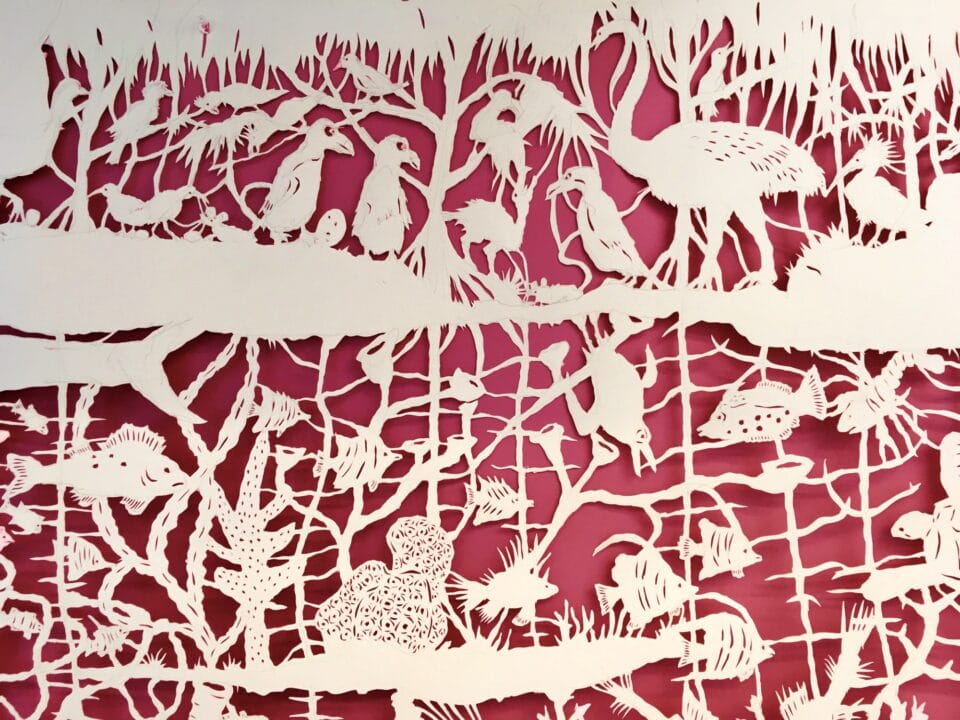
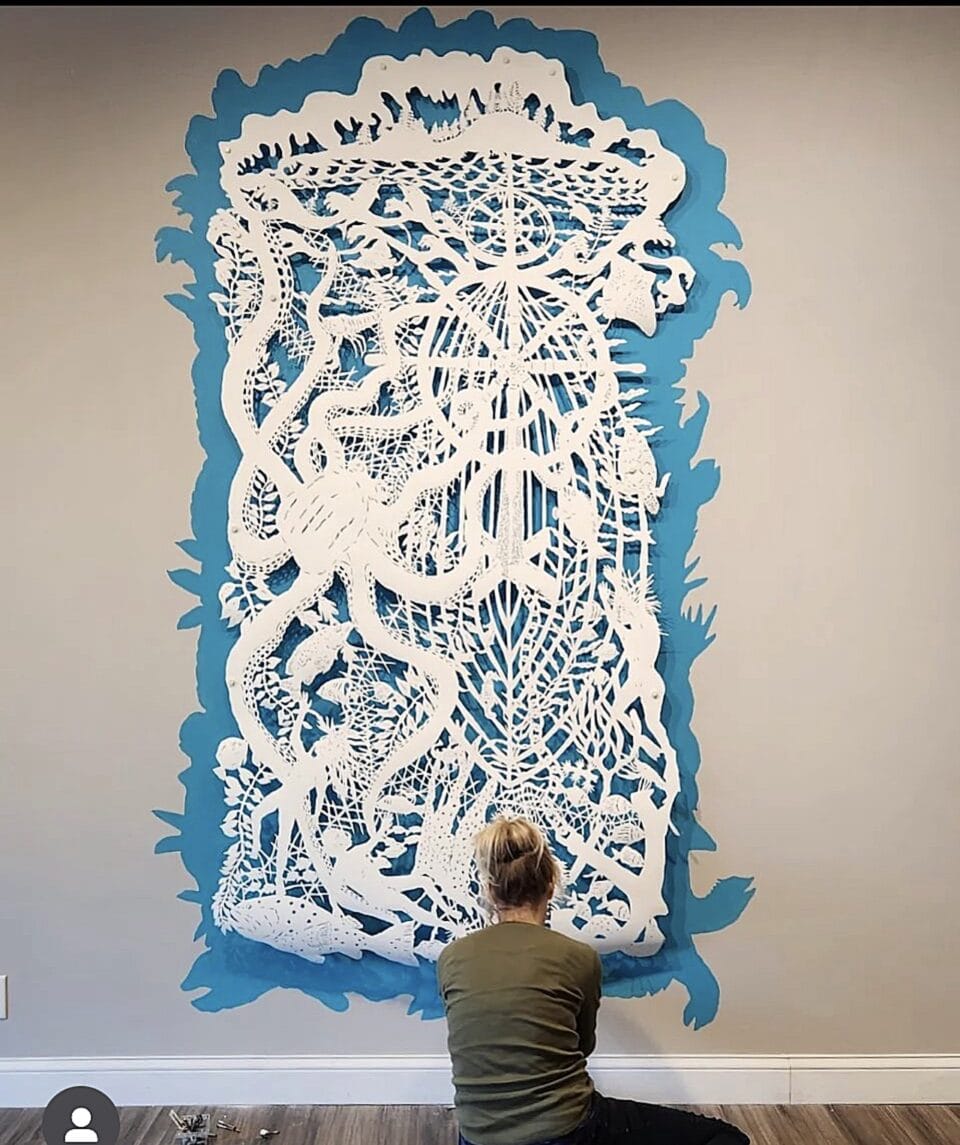
Do stories and artists like this matter to you? Become a Colossal Member today and support independent arts publishing for as little as $7 per month. The article Delicate Ecosystems Converge in Sonja Peterson’s Intricate Cut Paper Compositions appeared first on Colossal.

